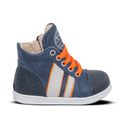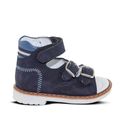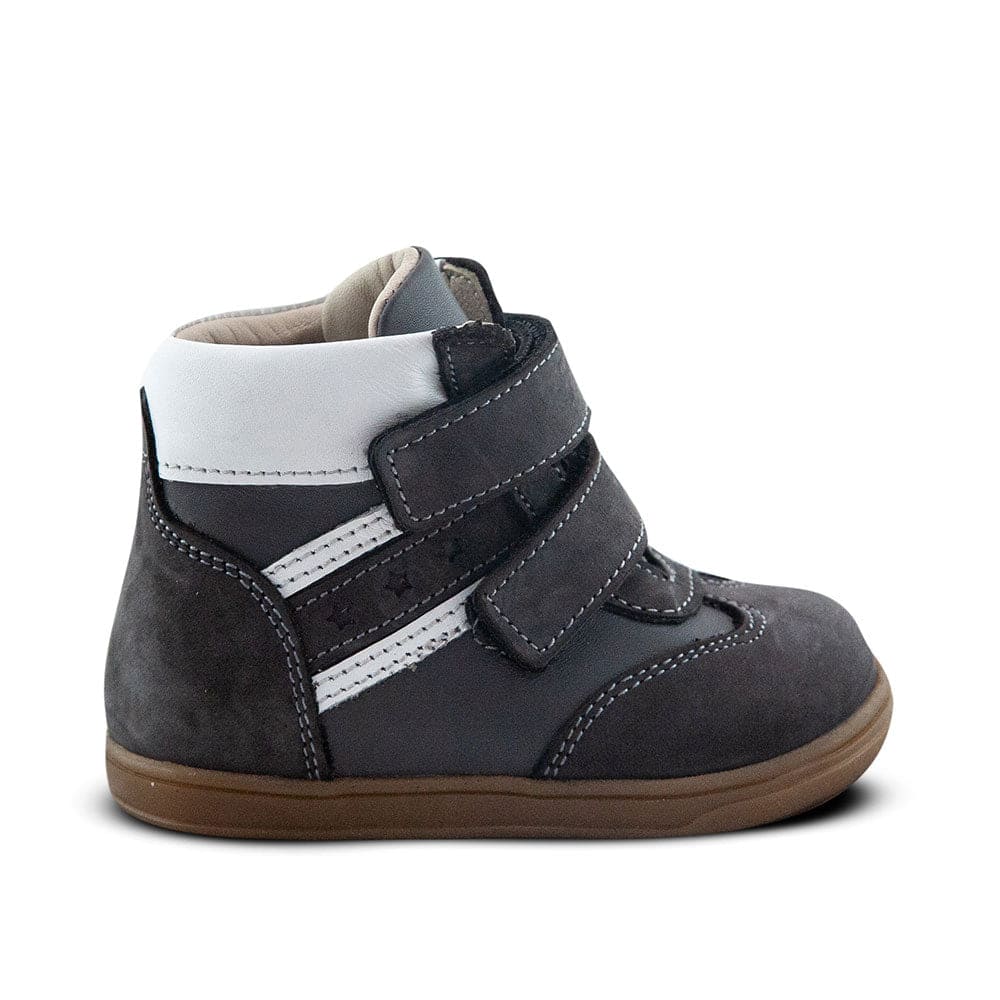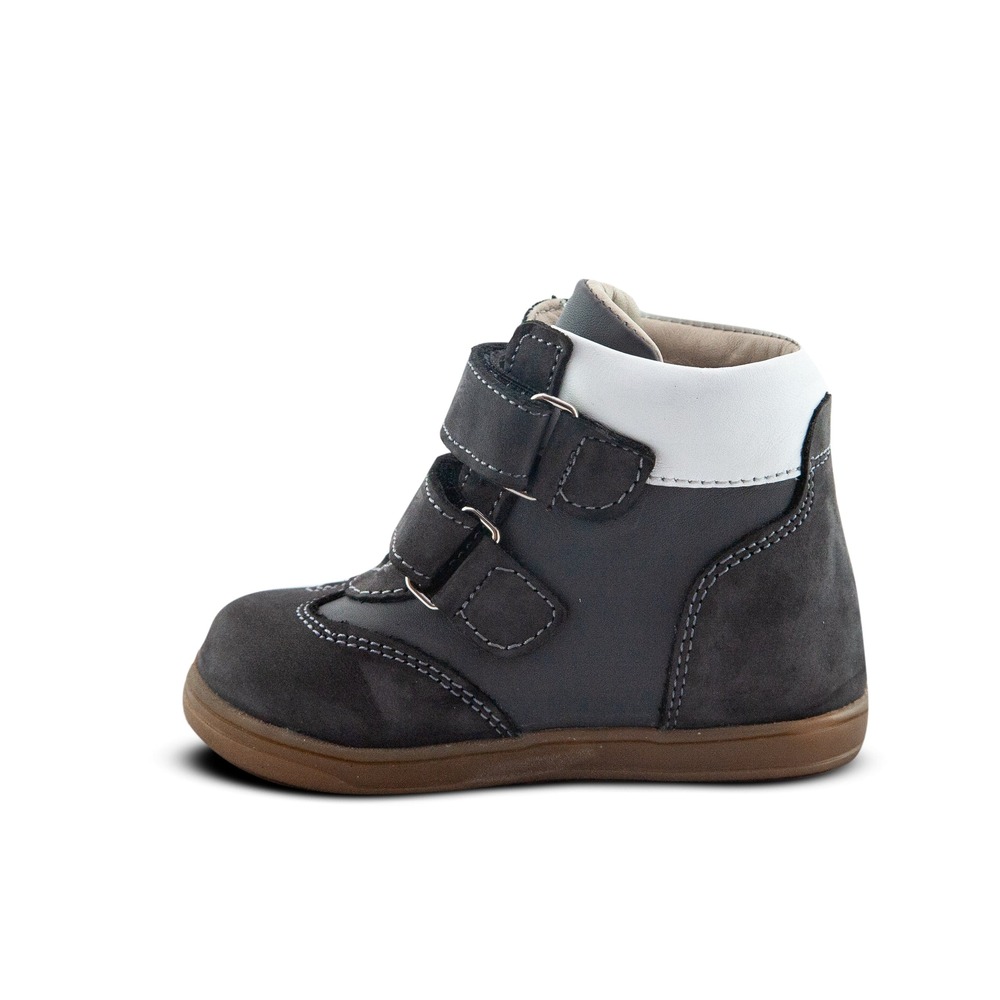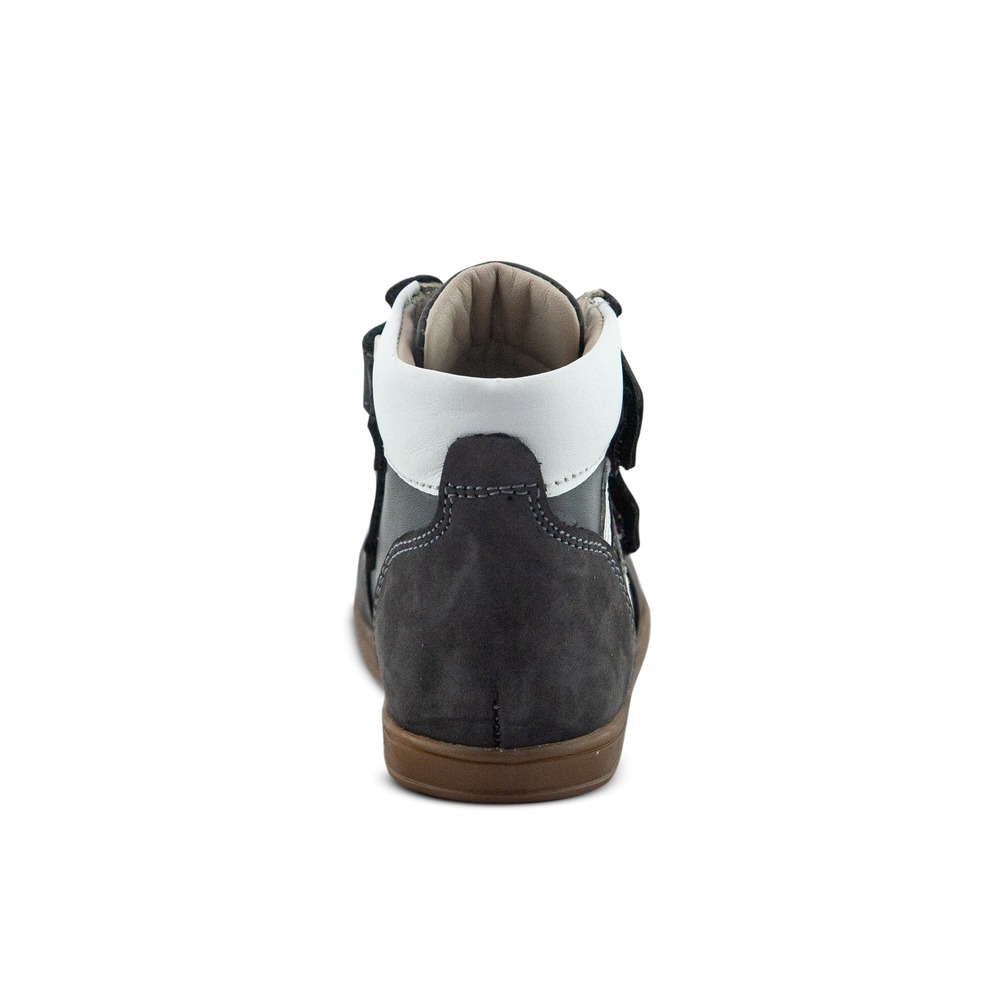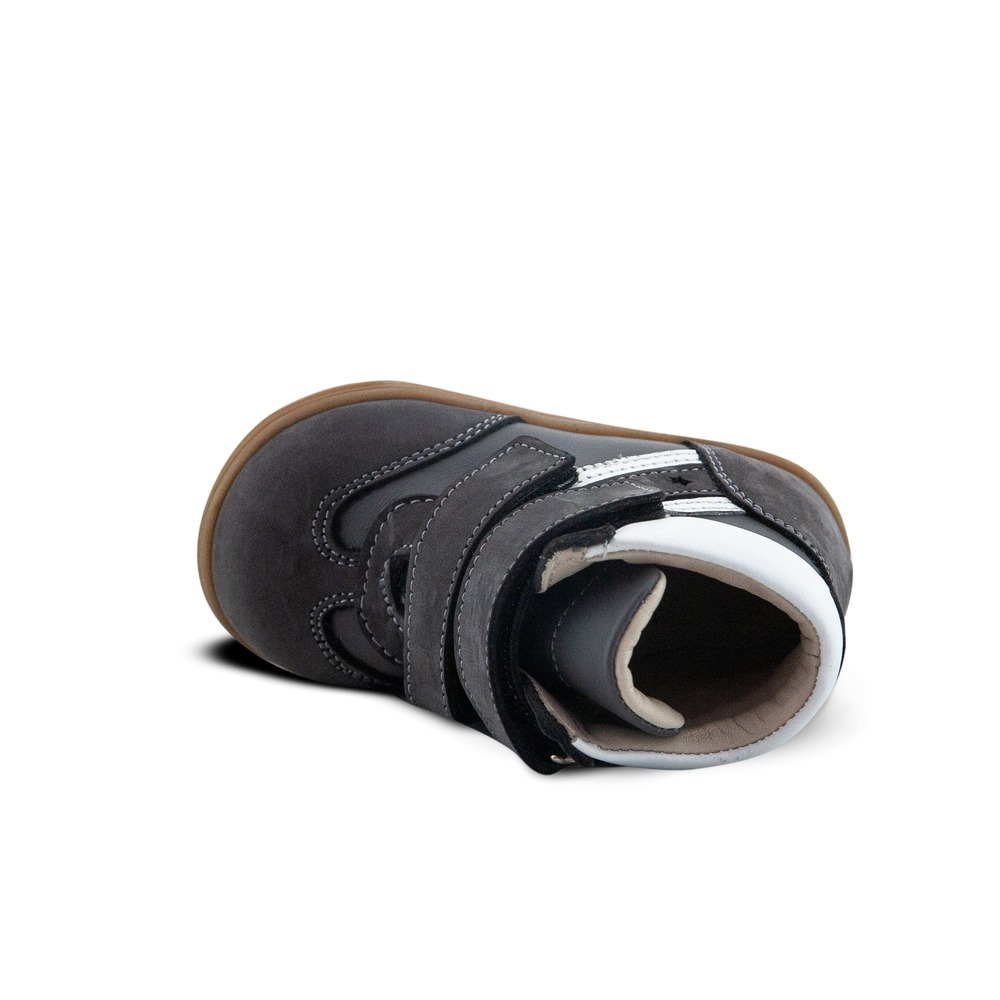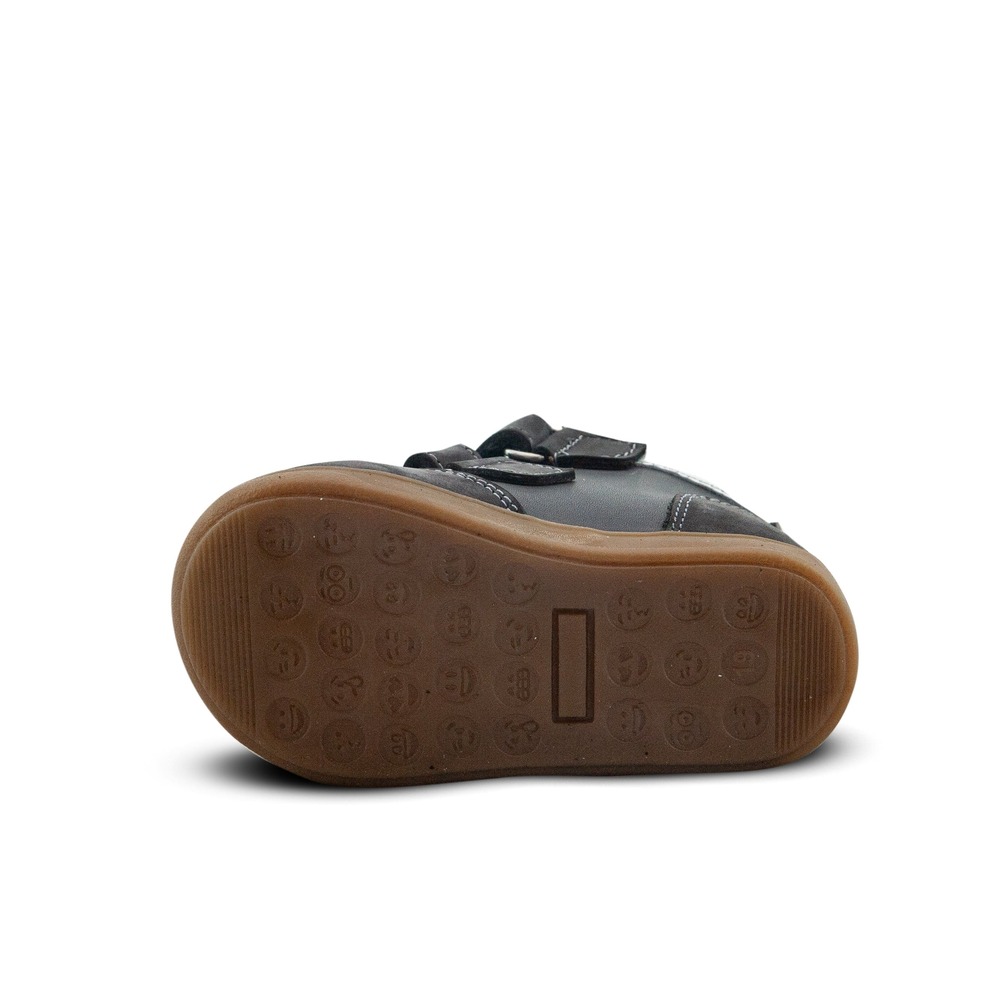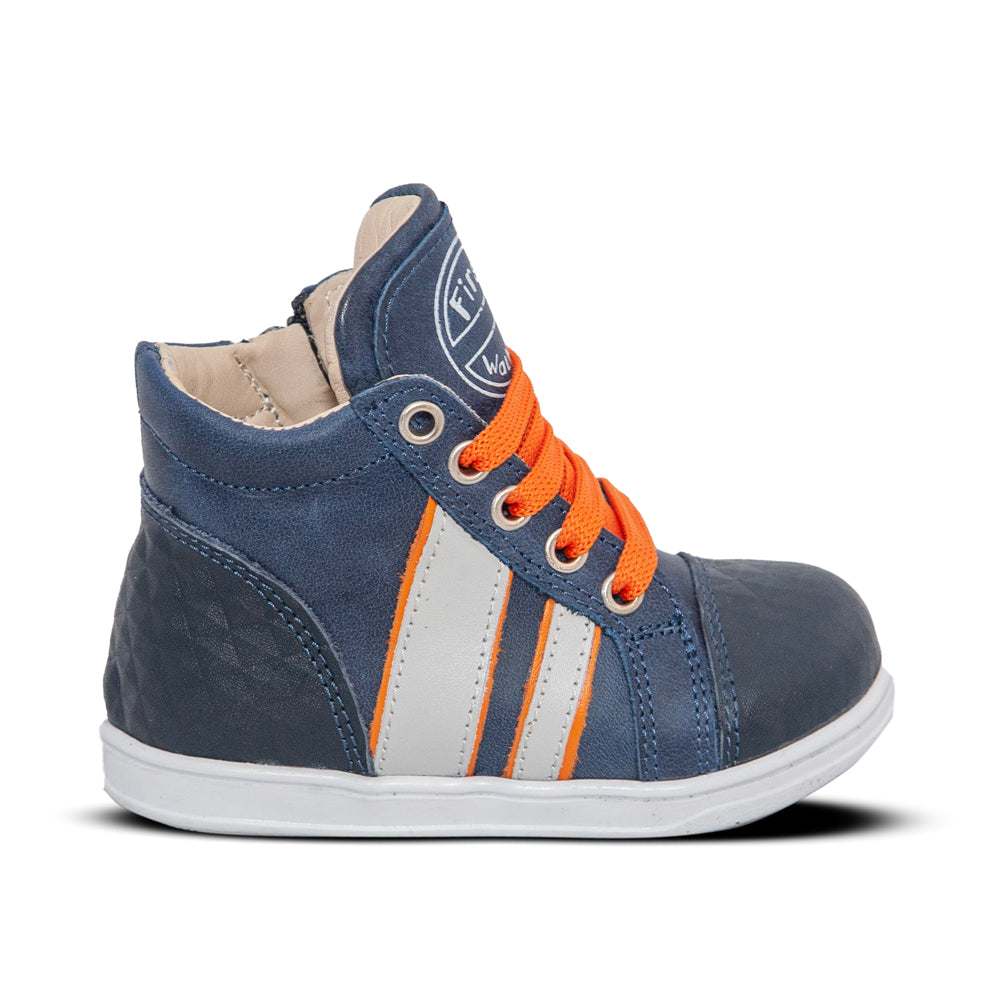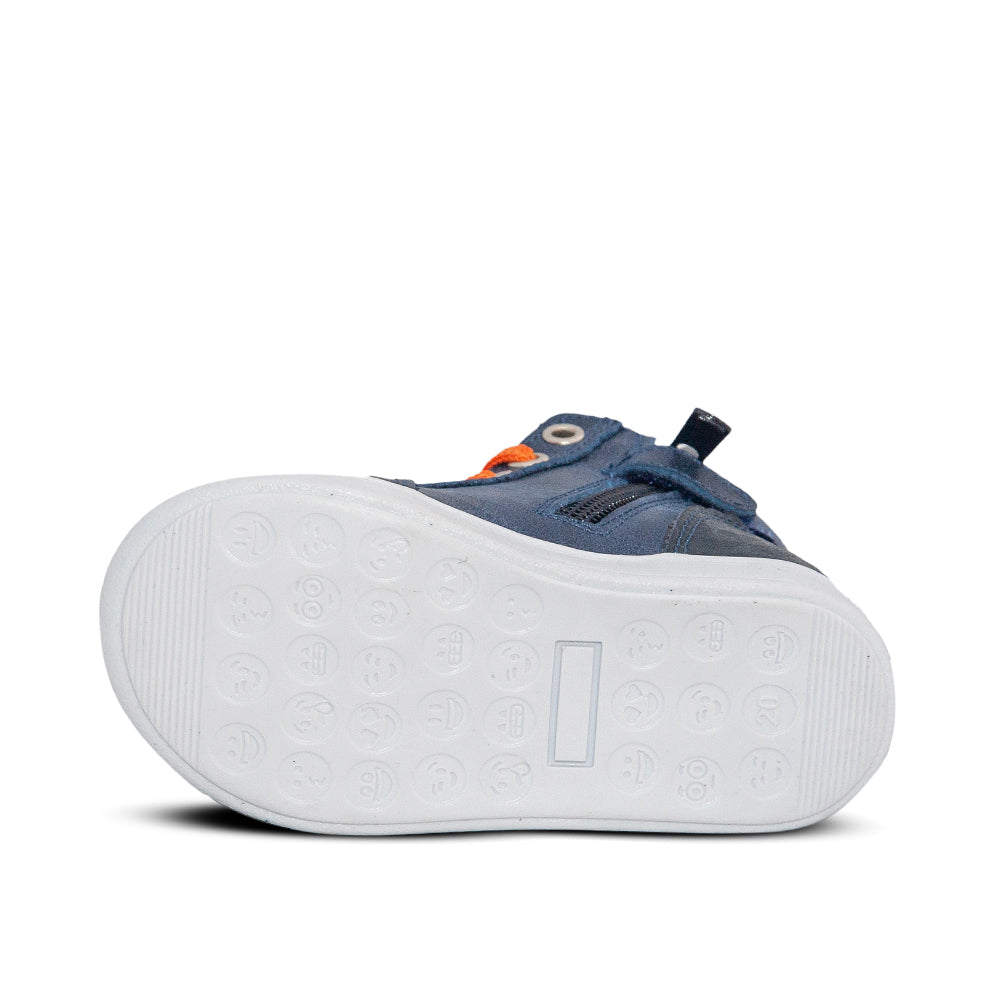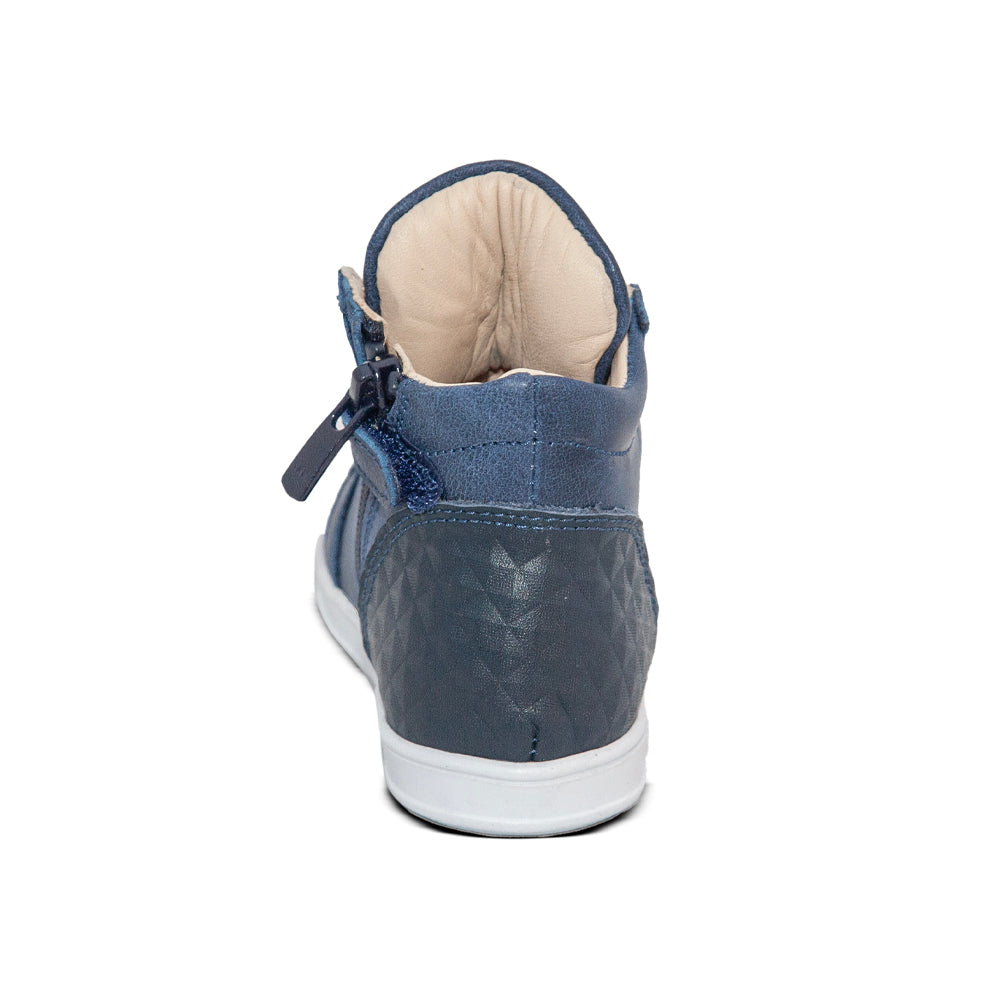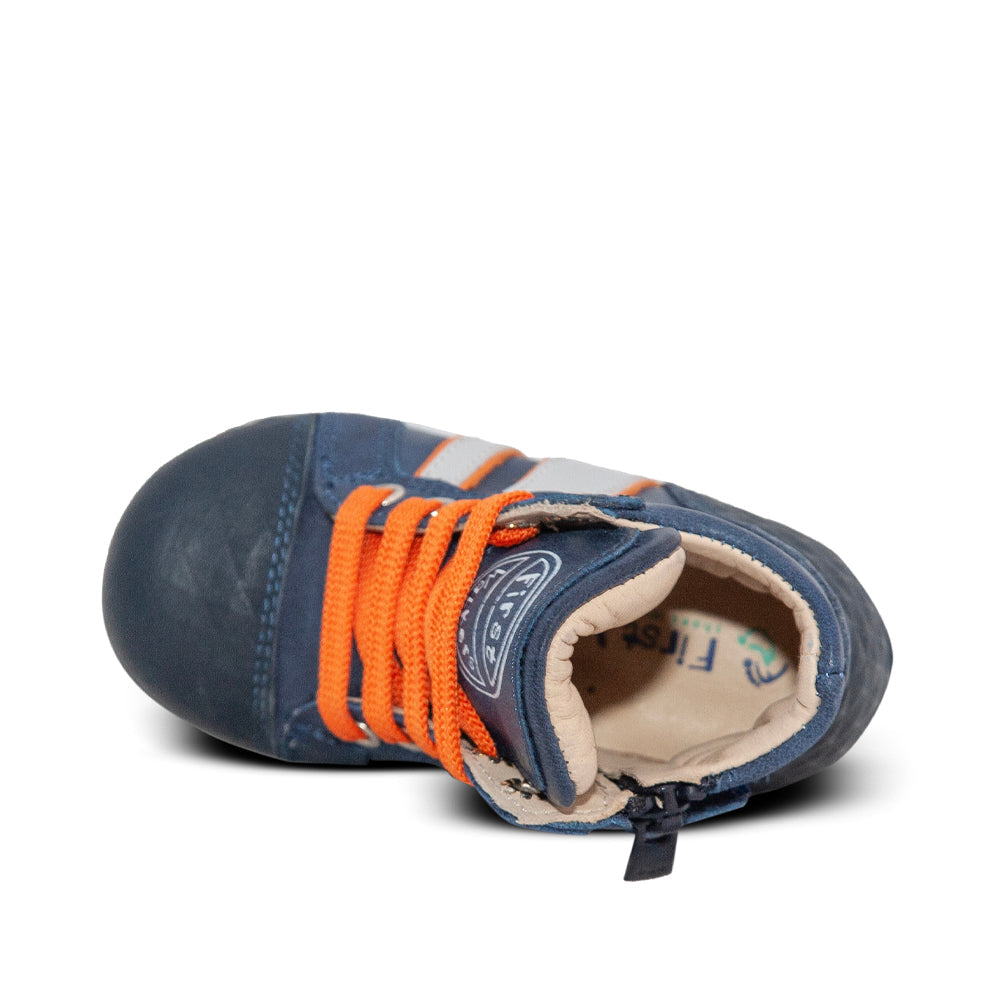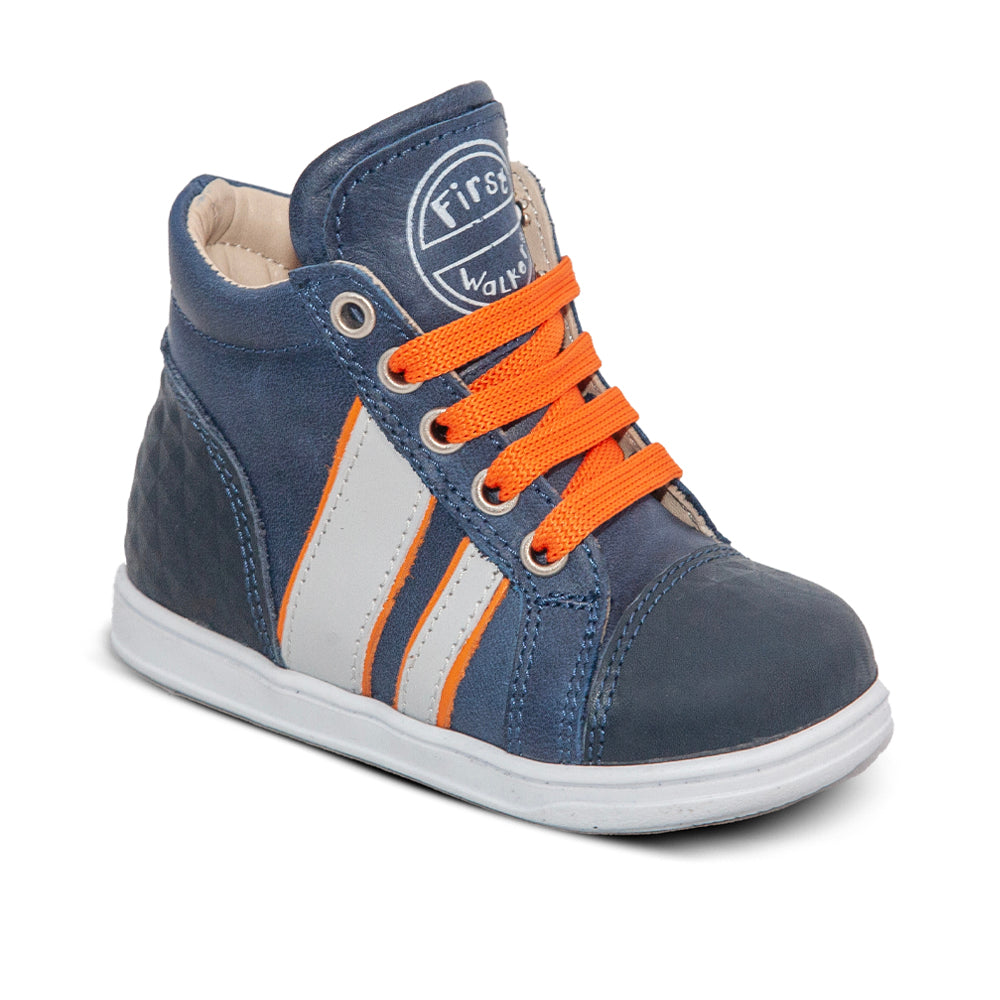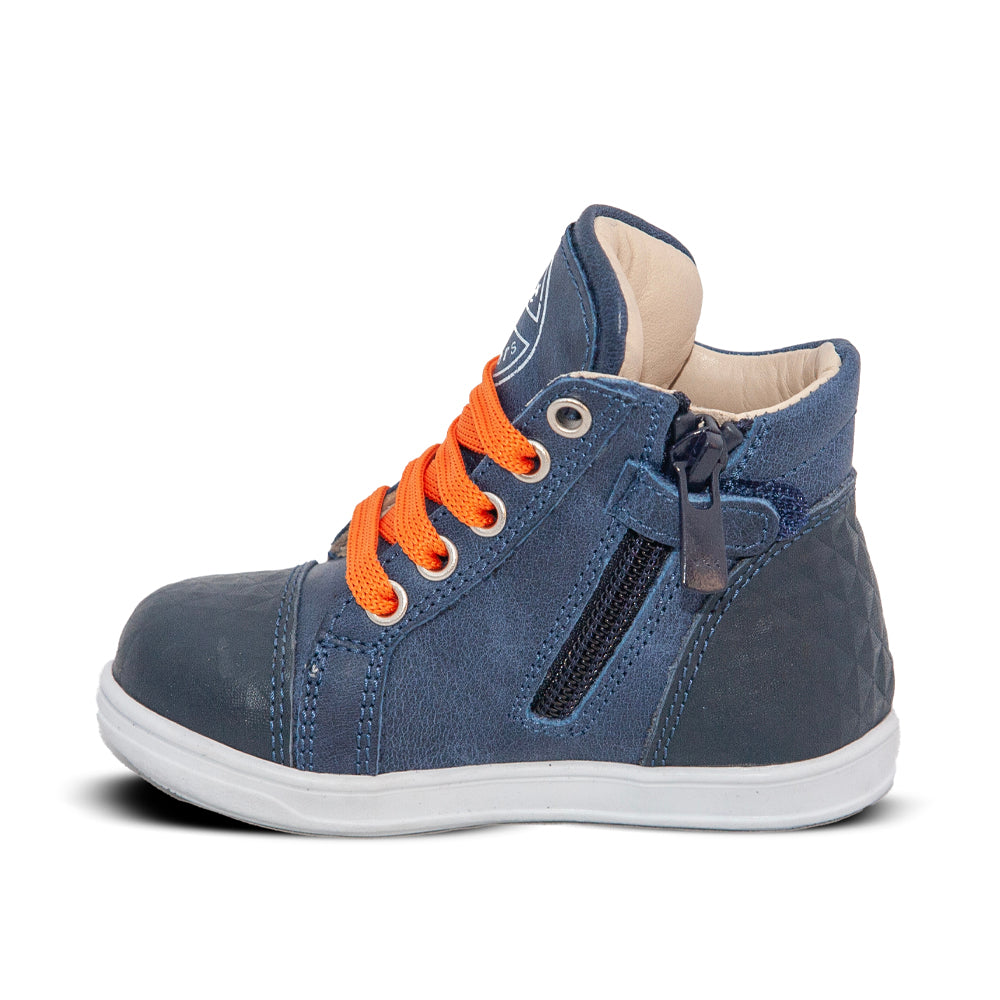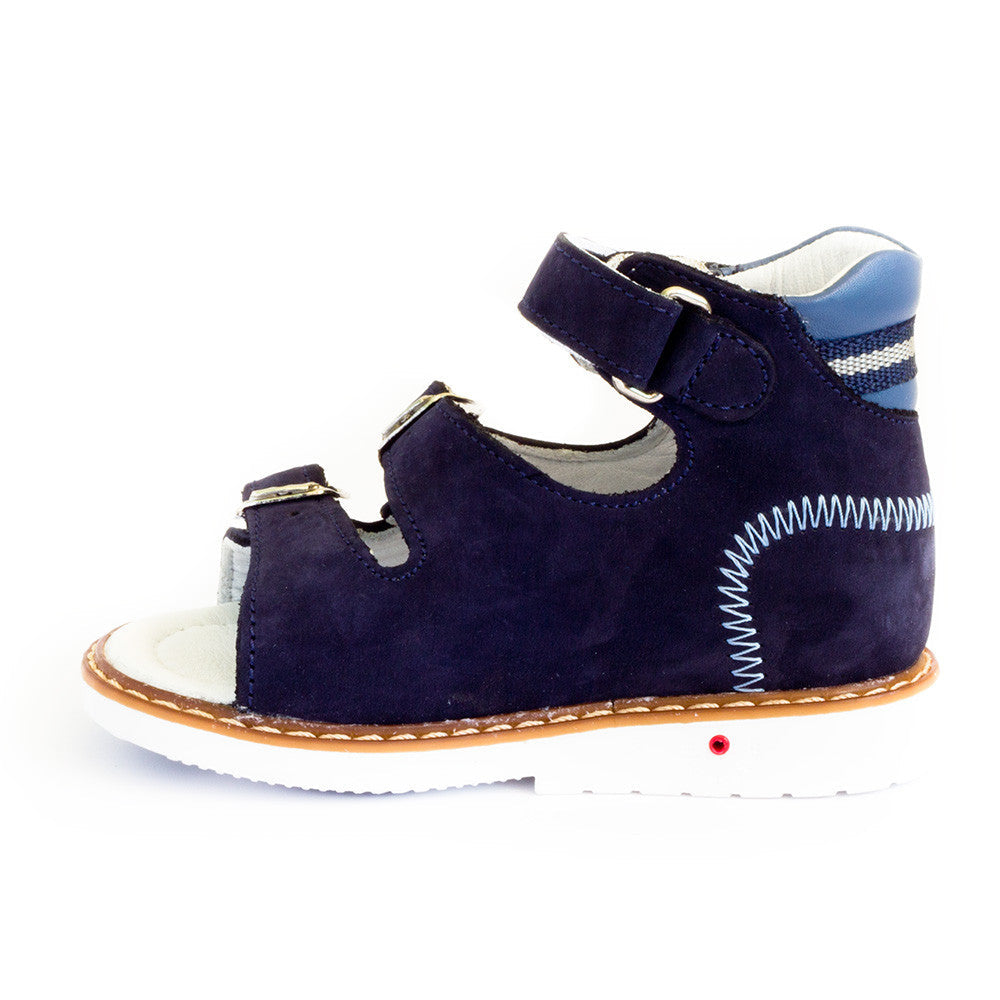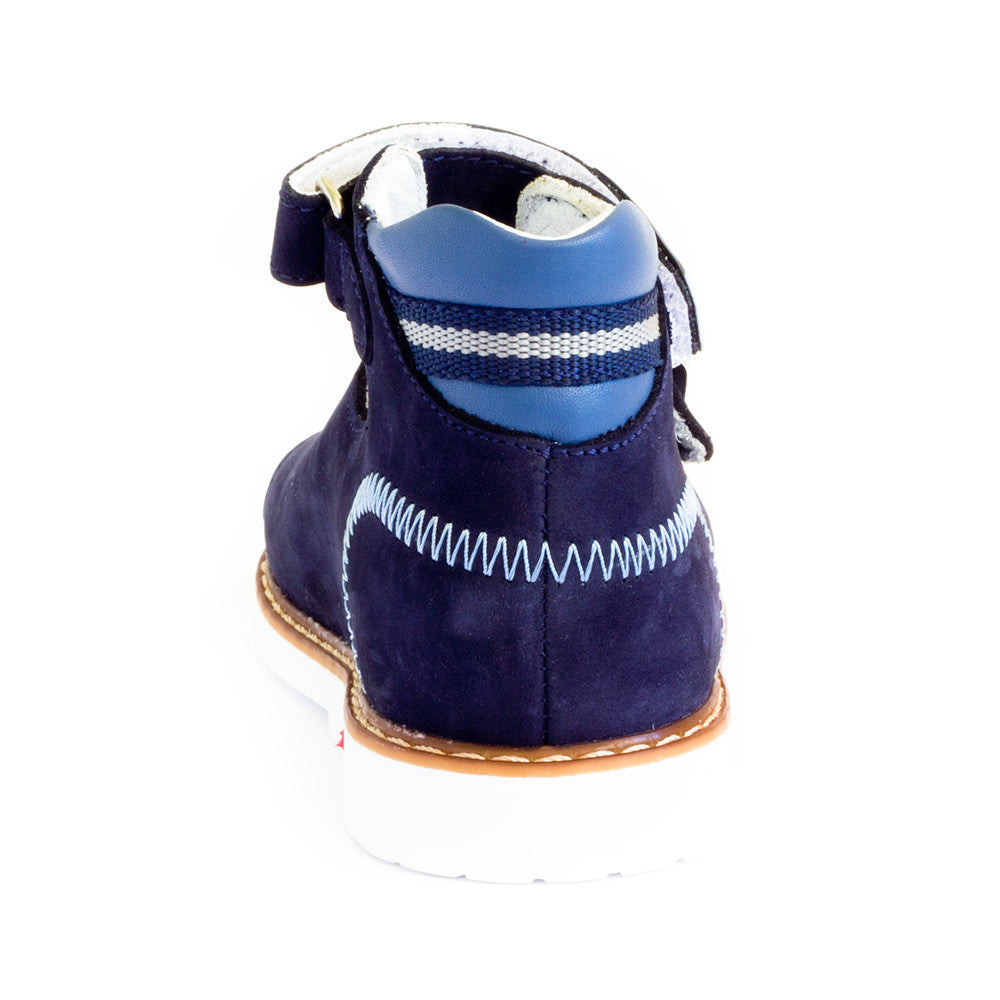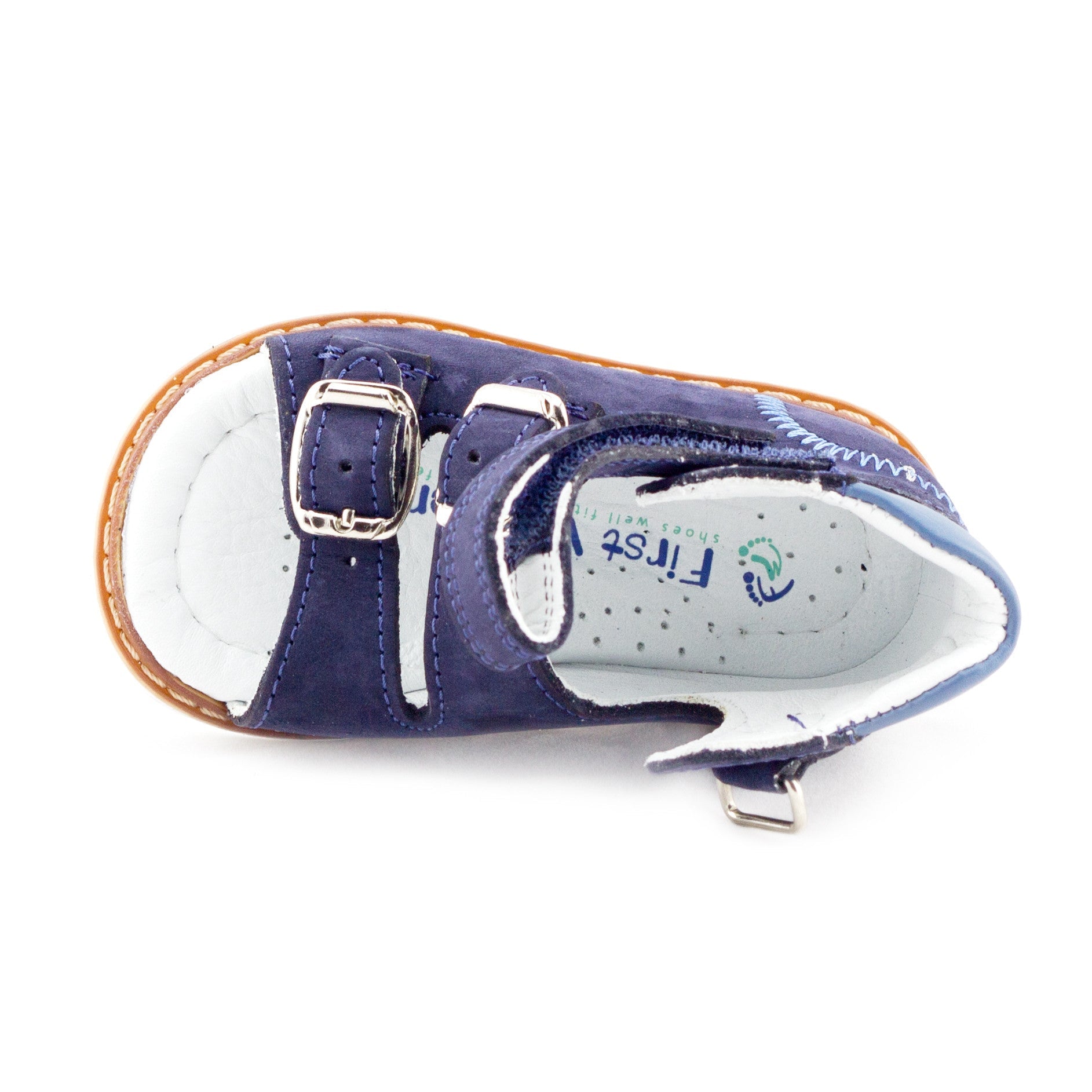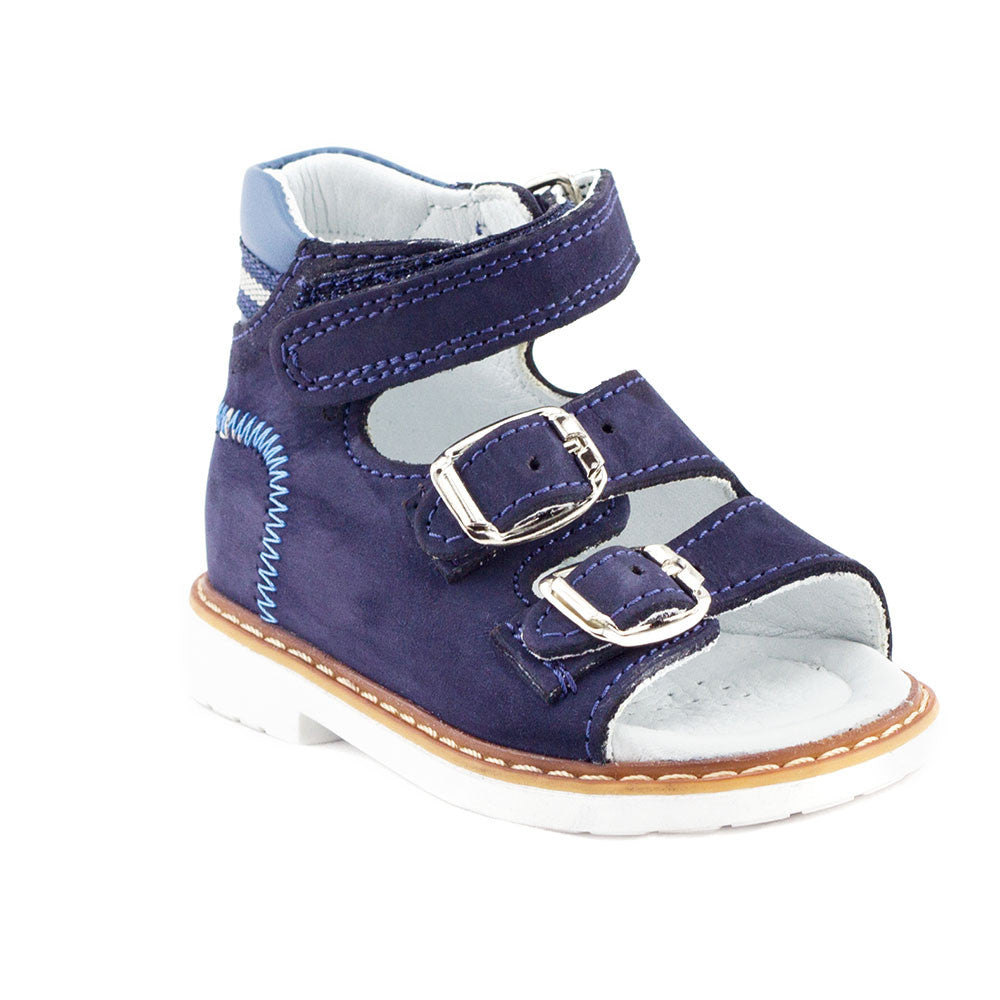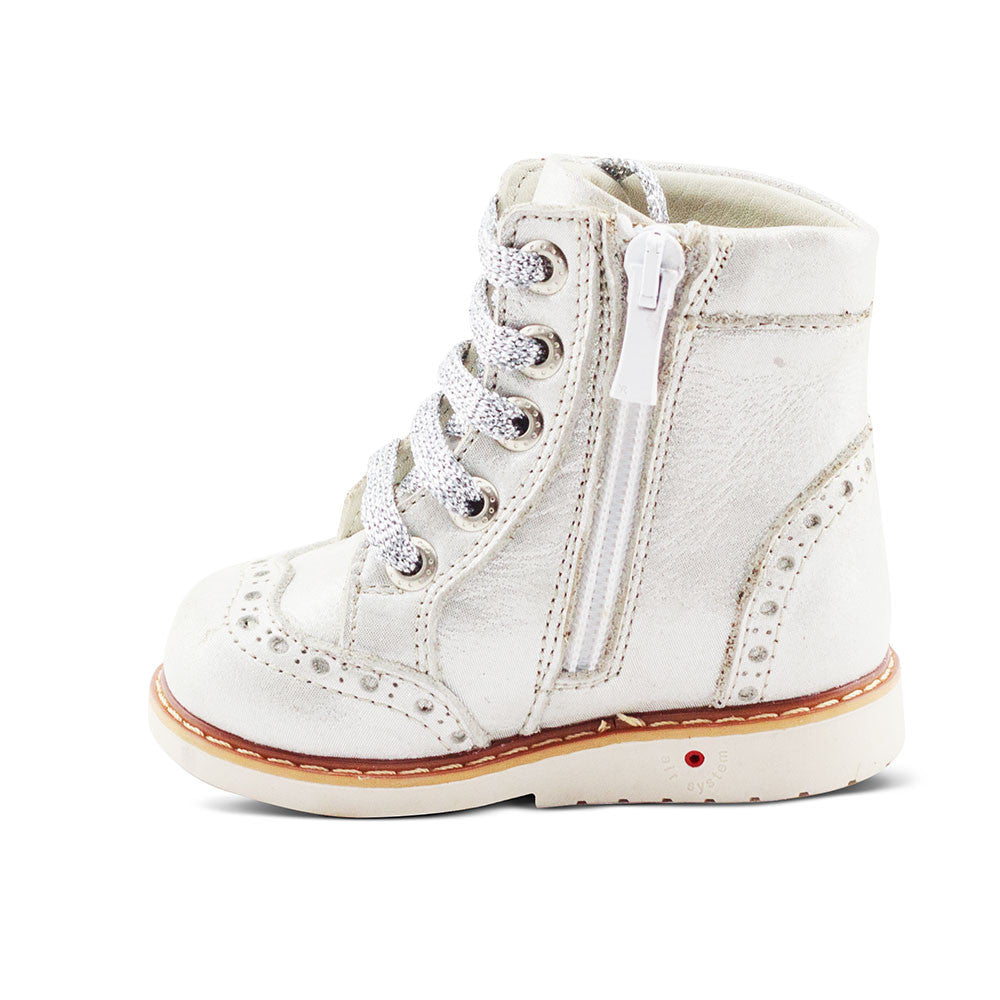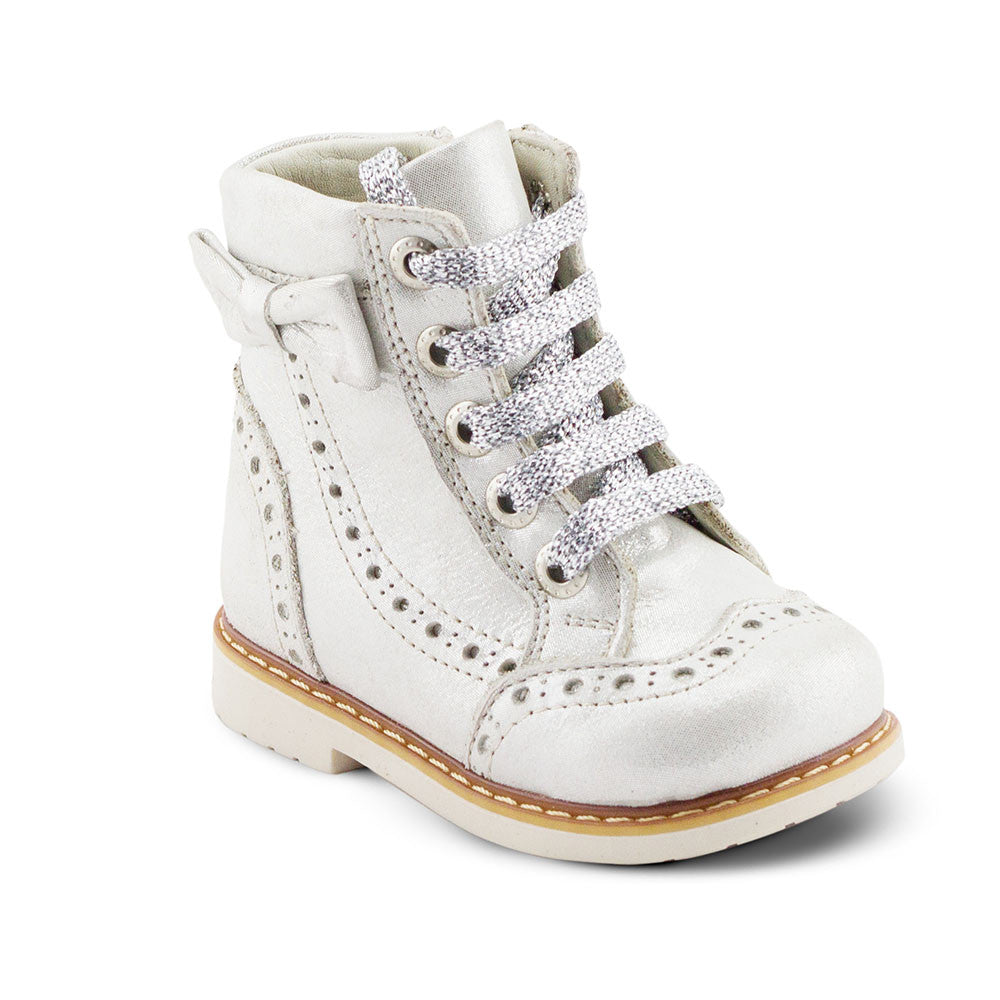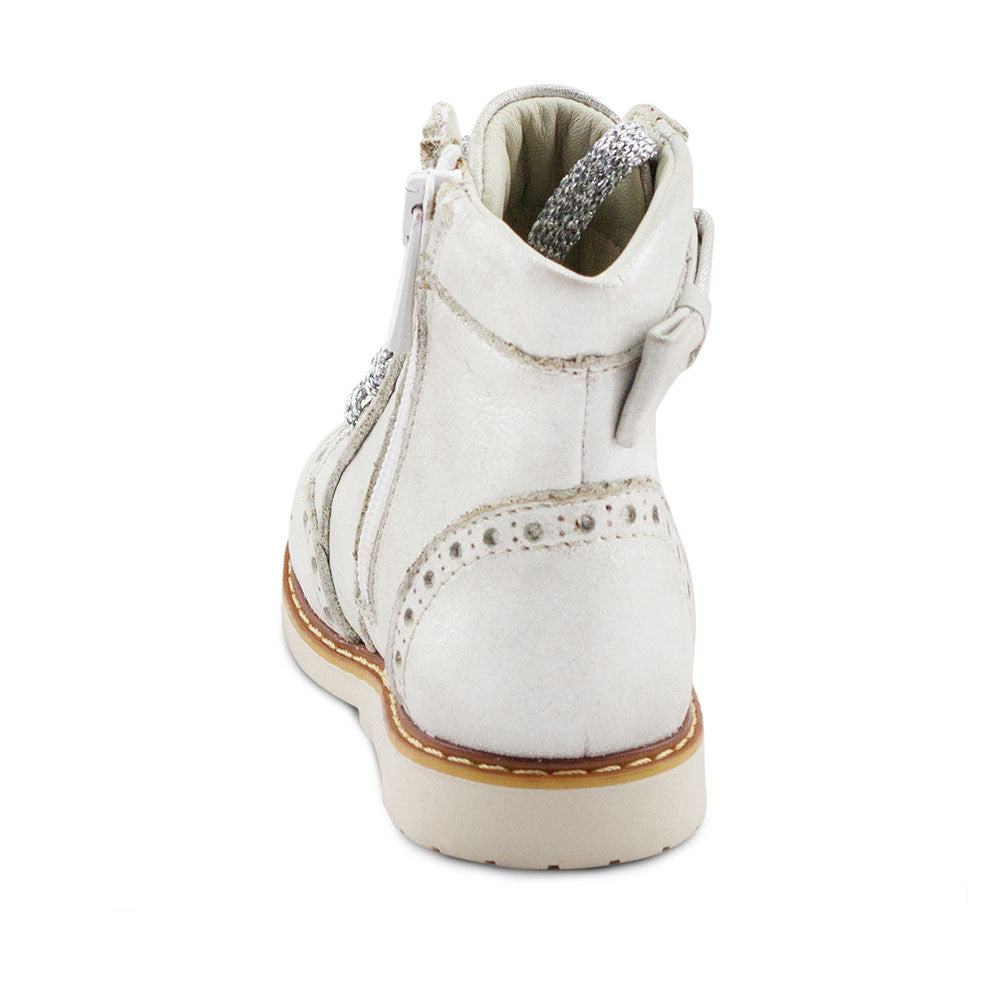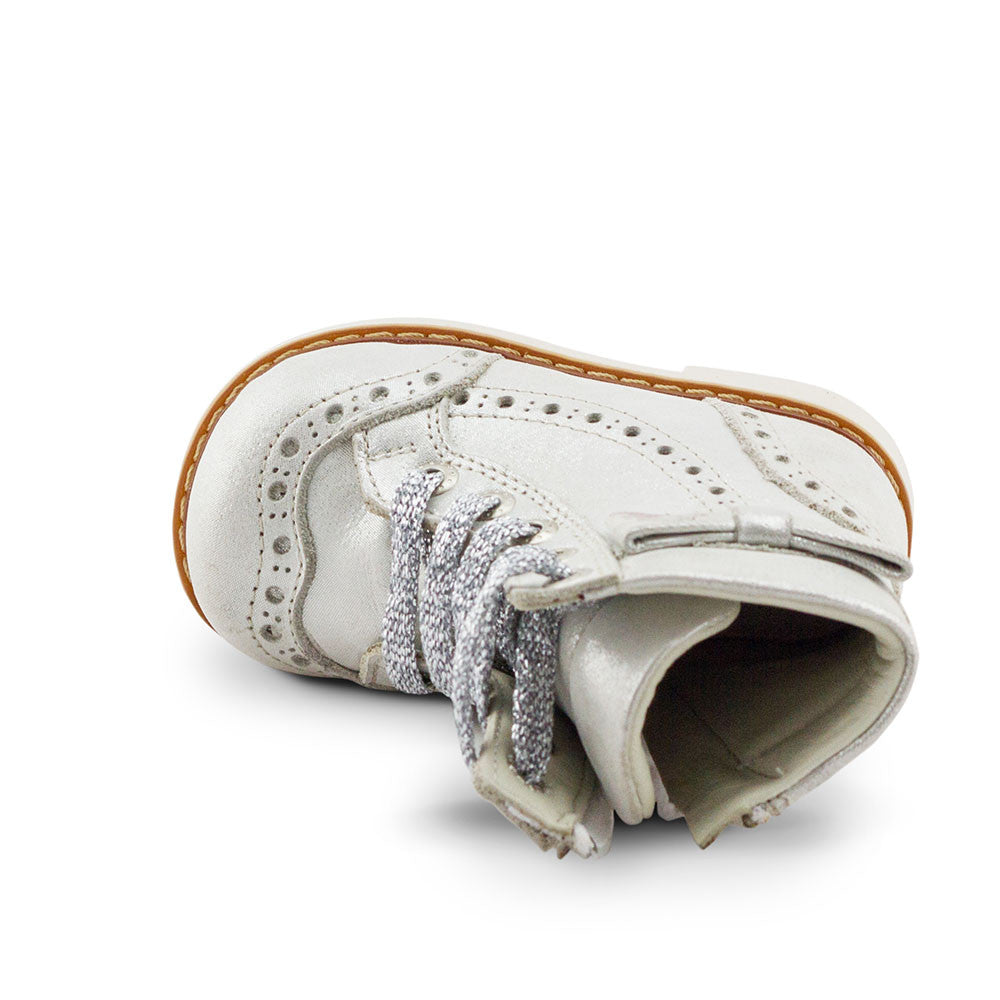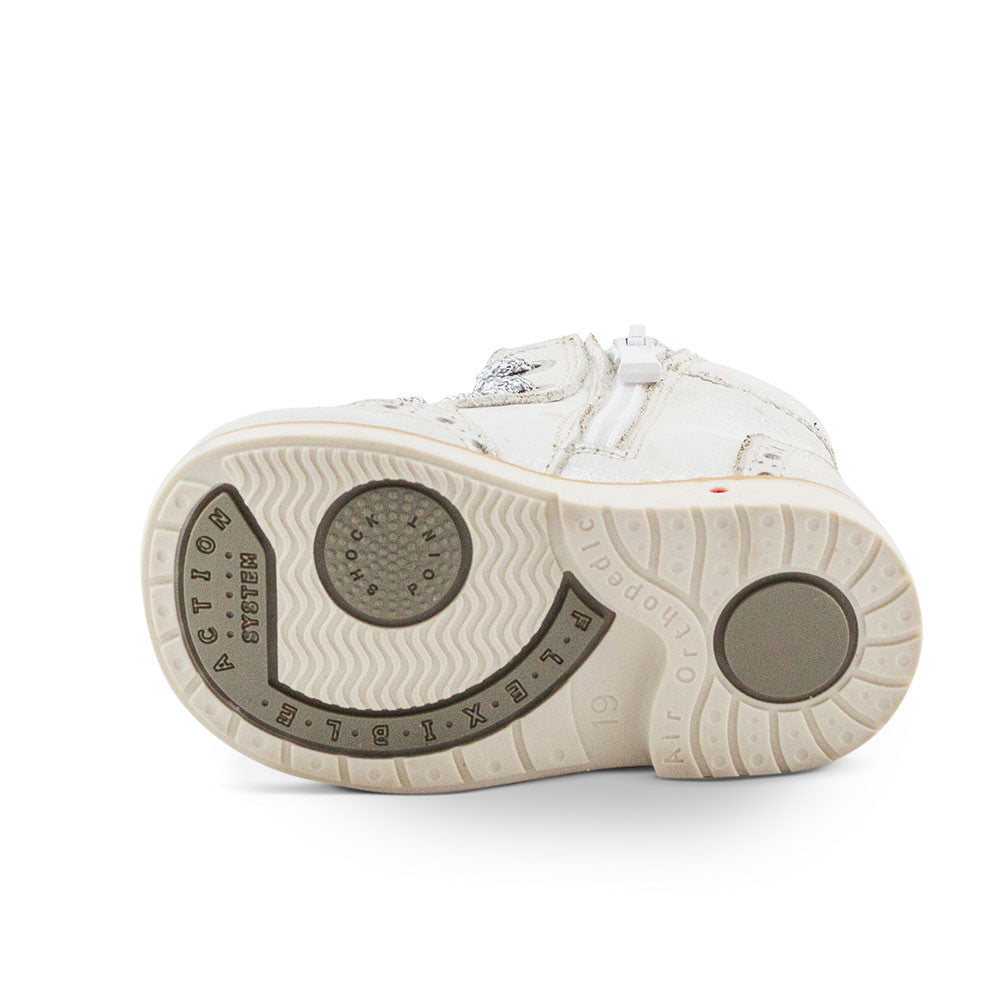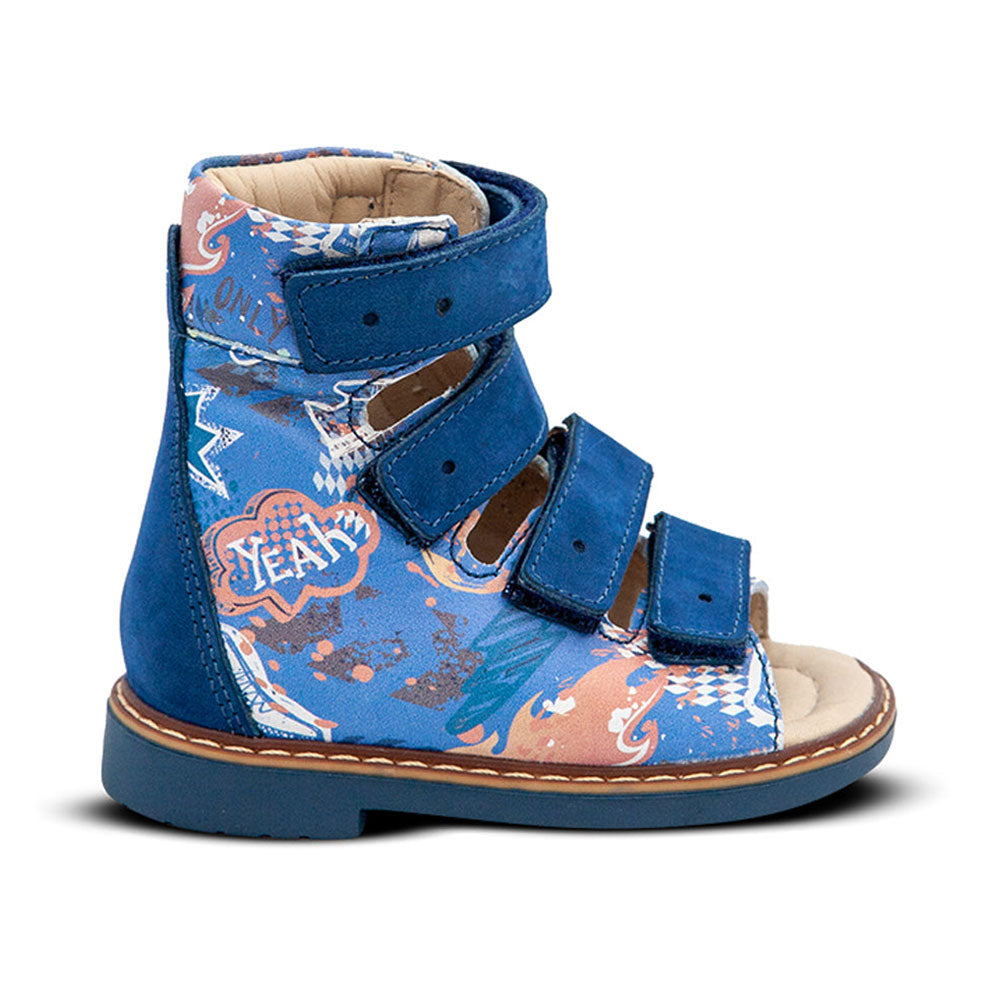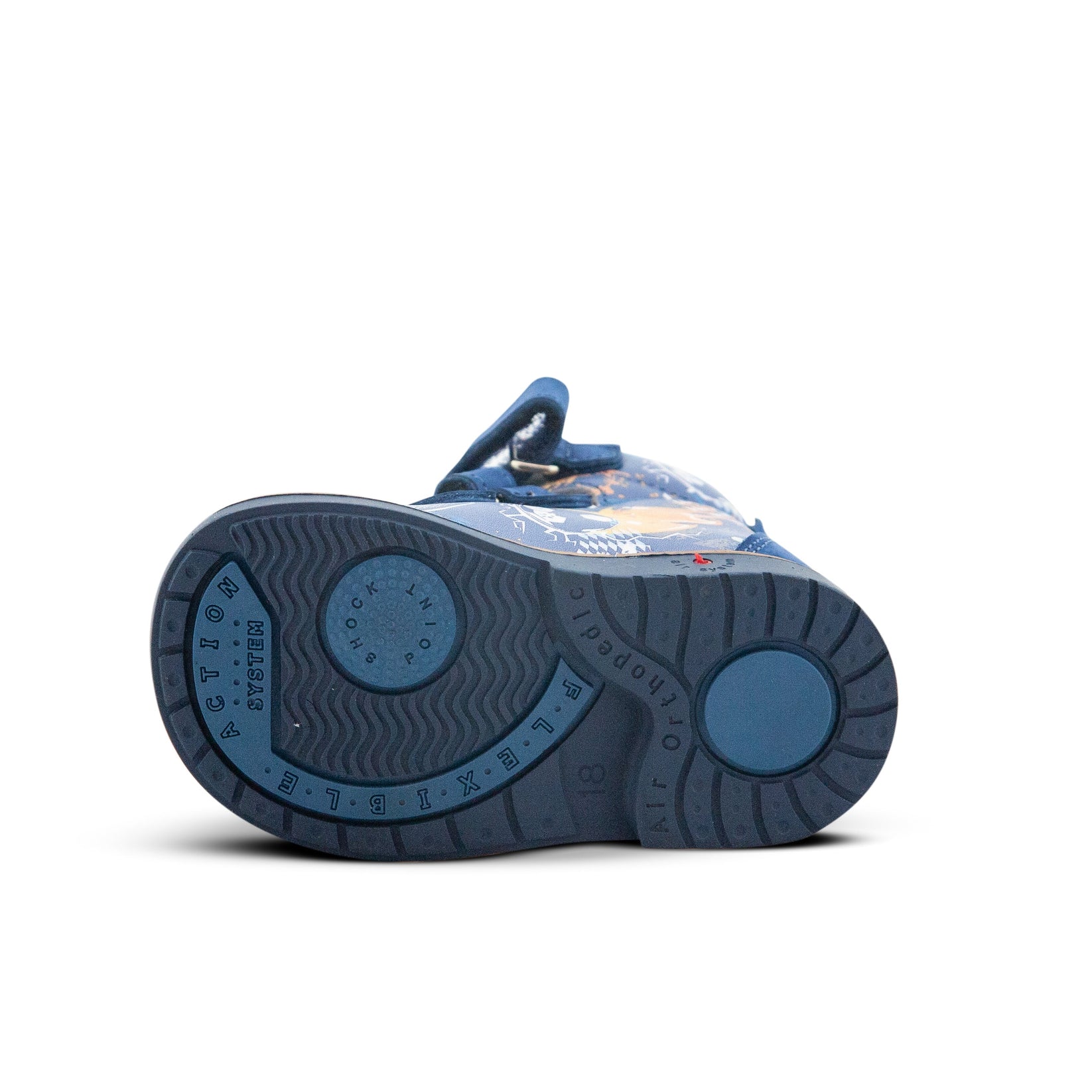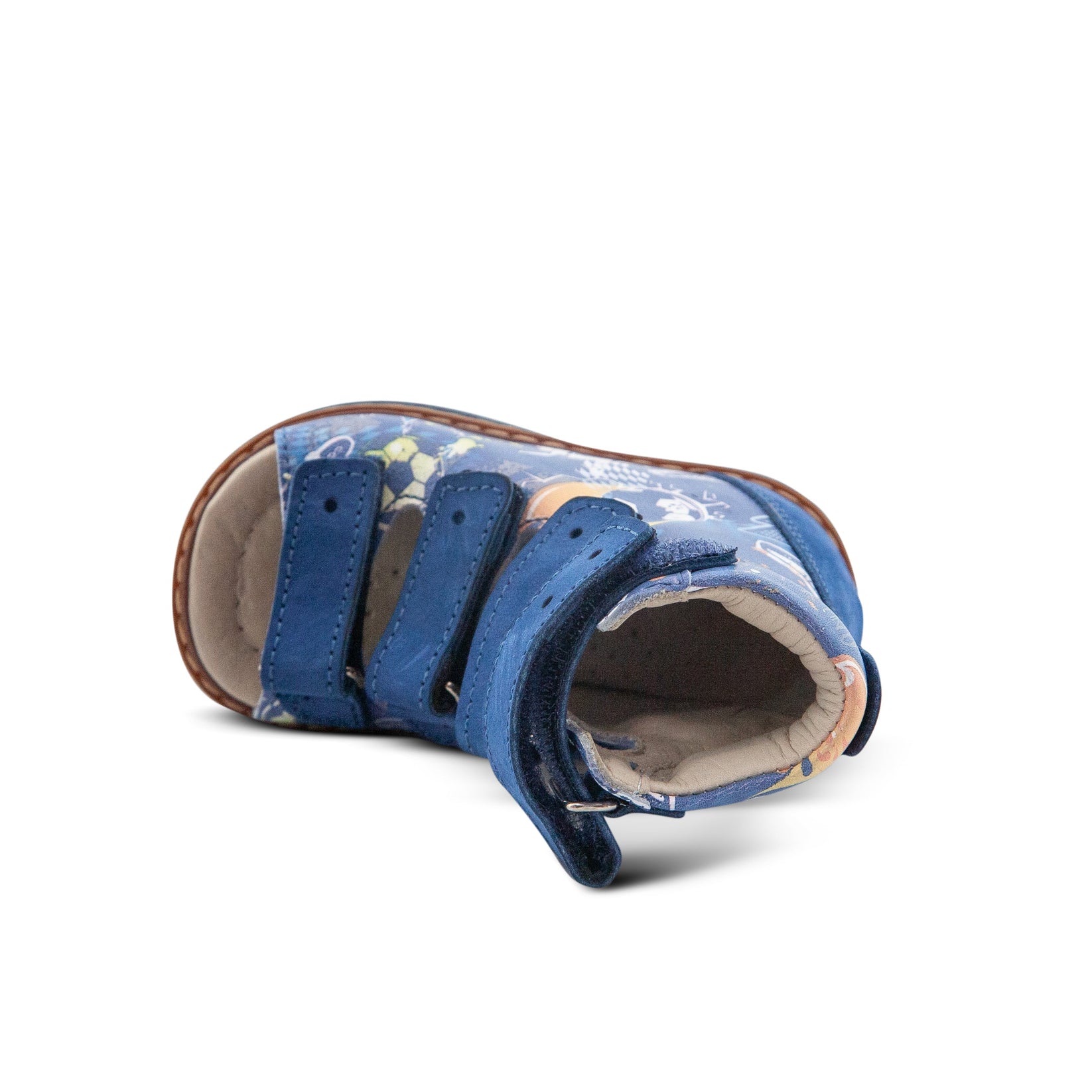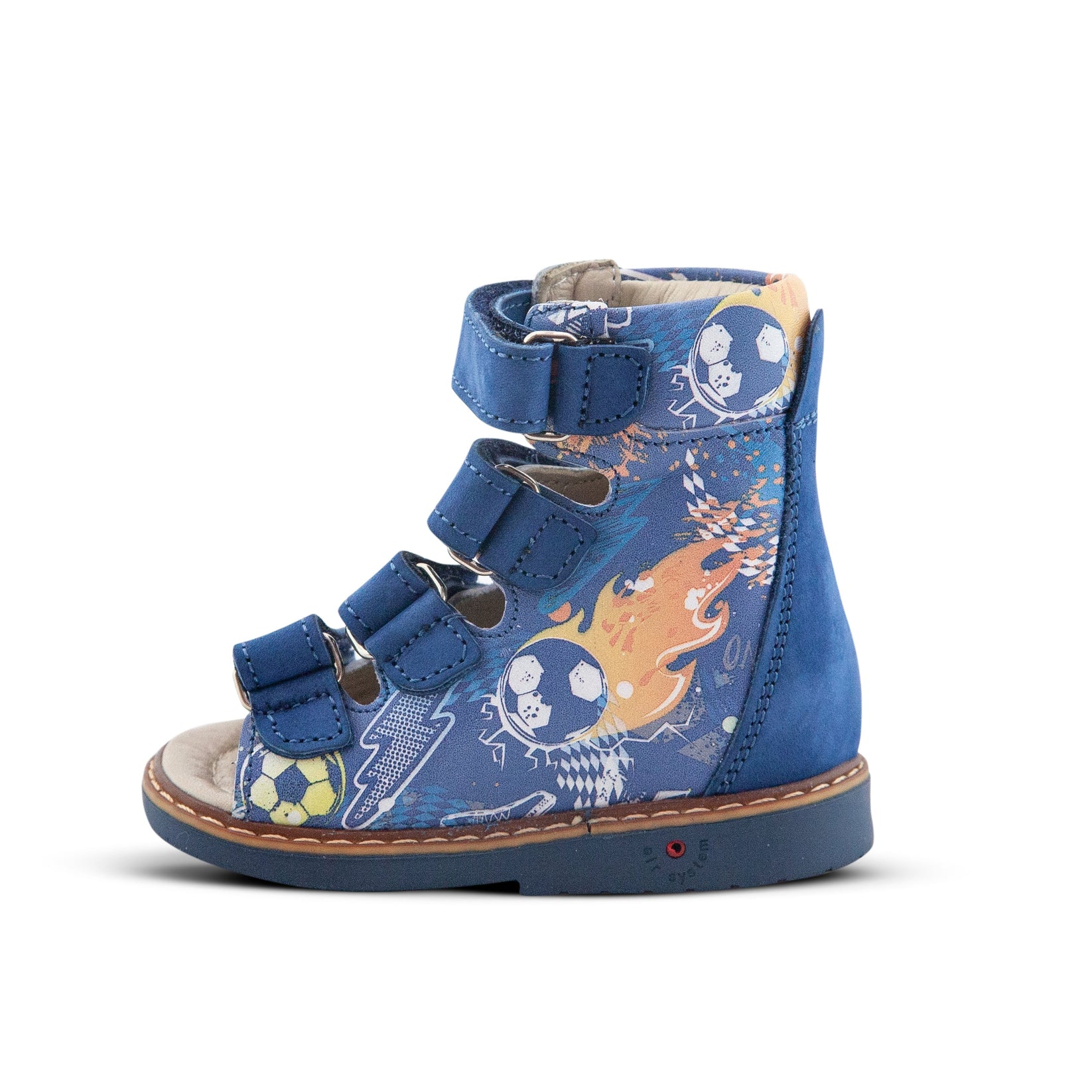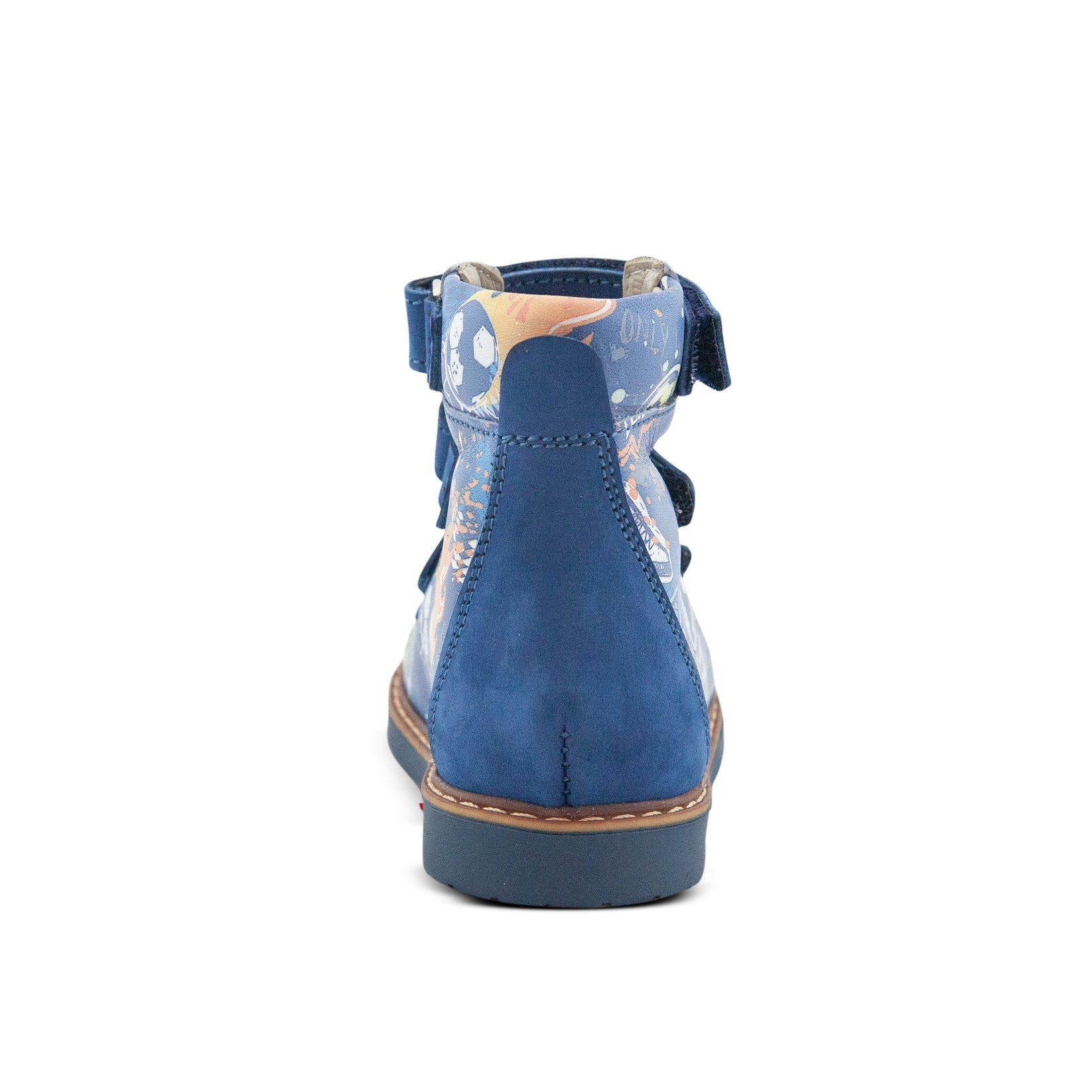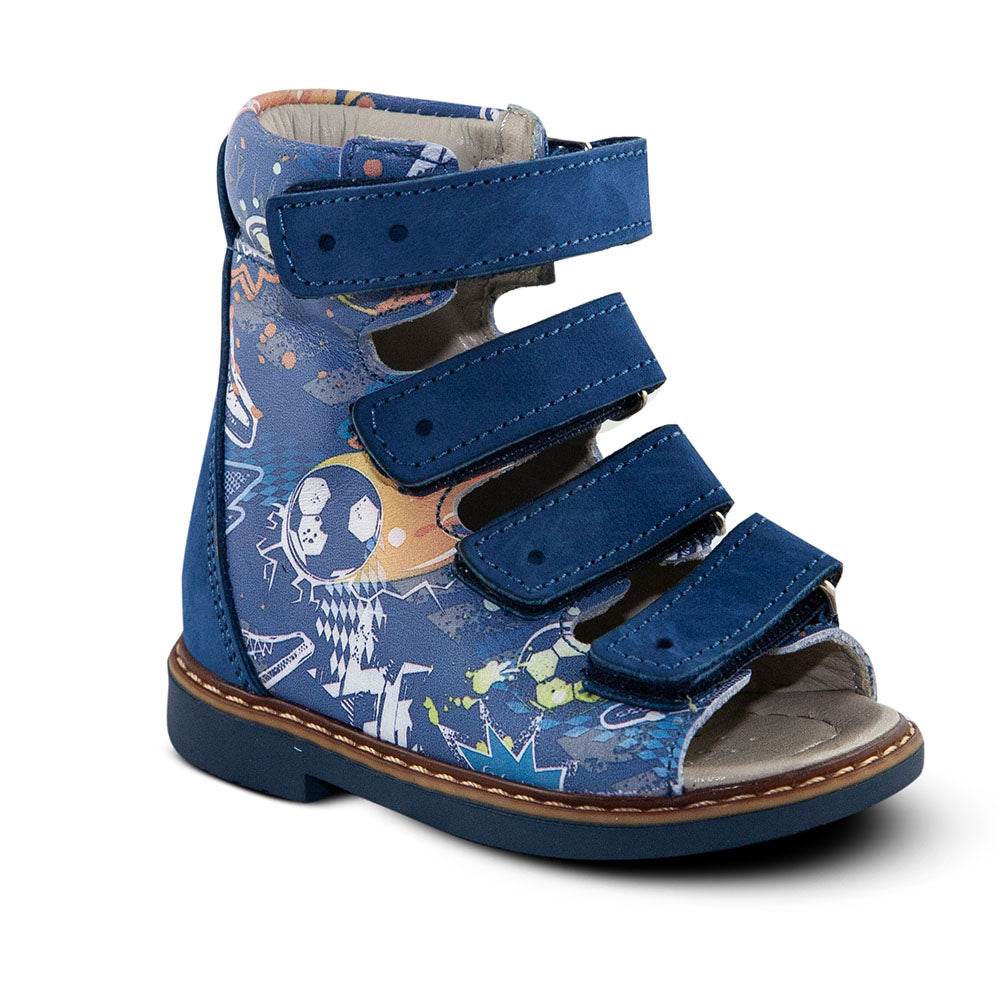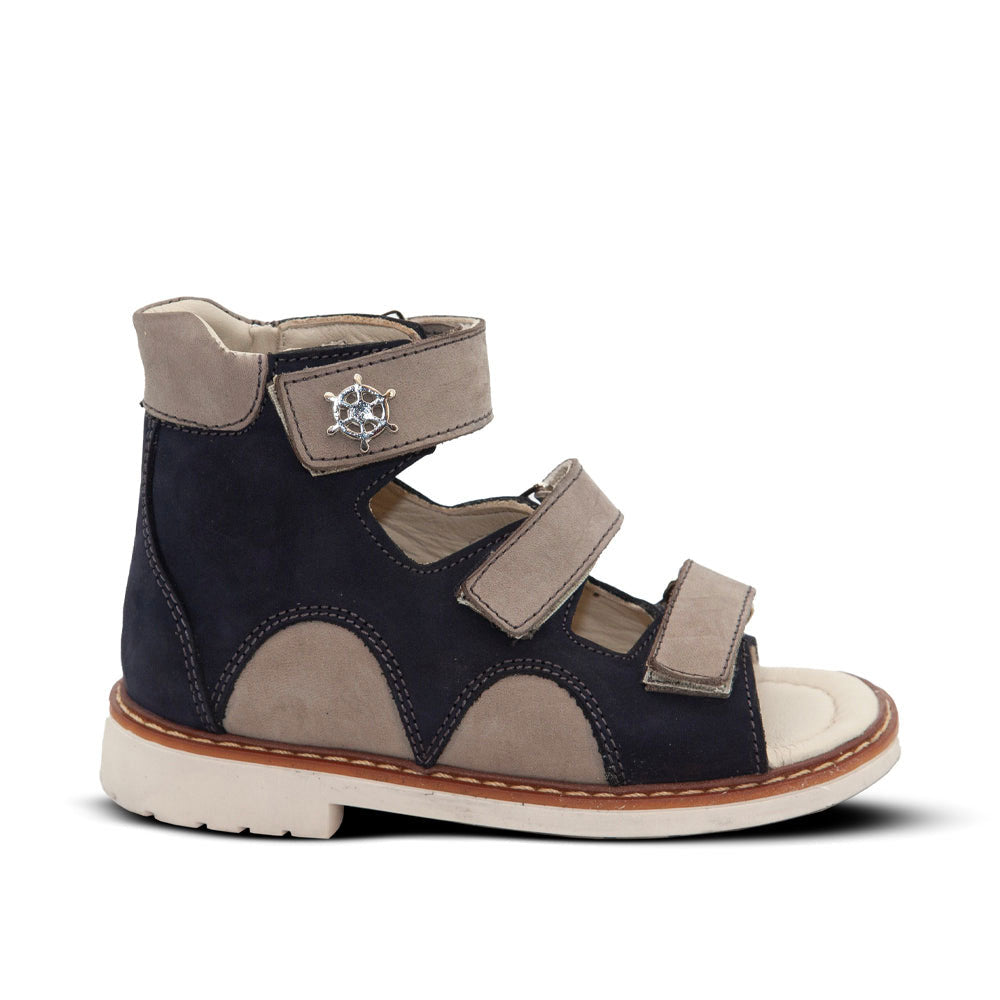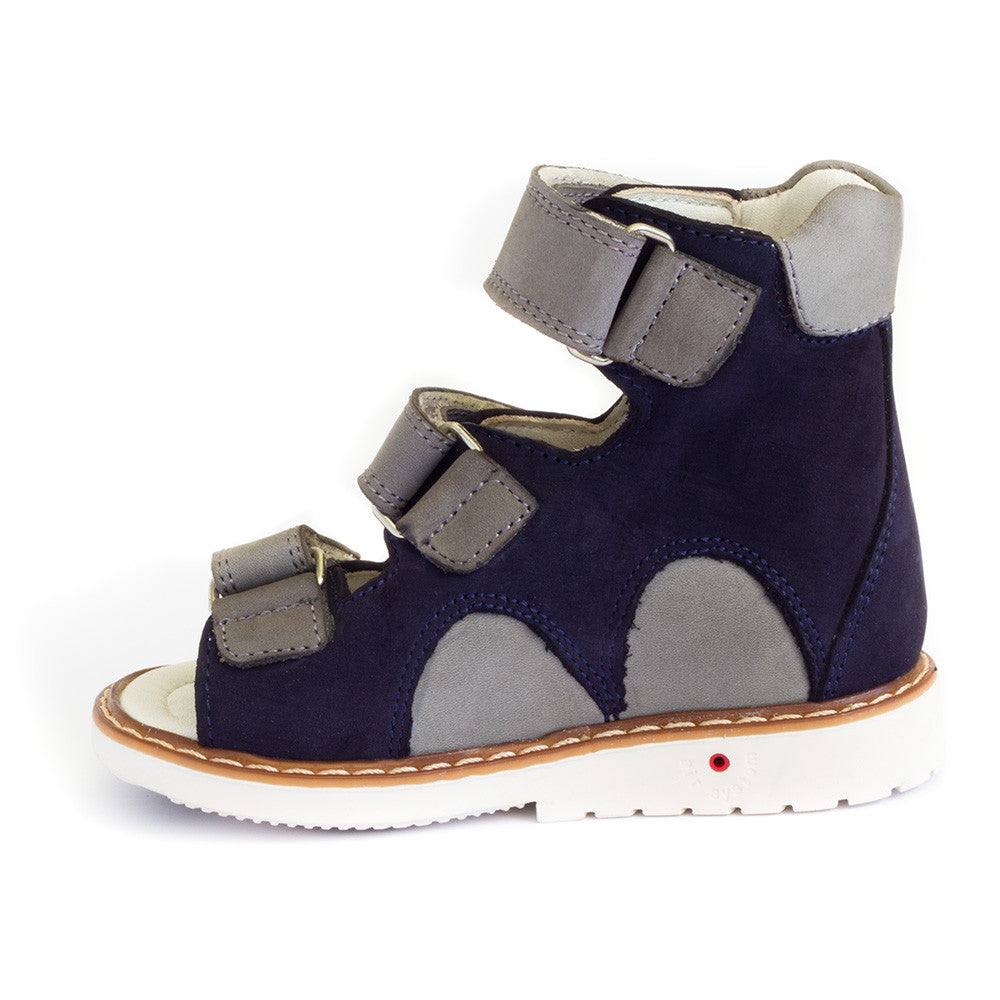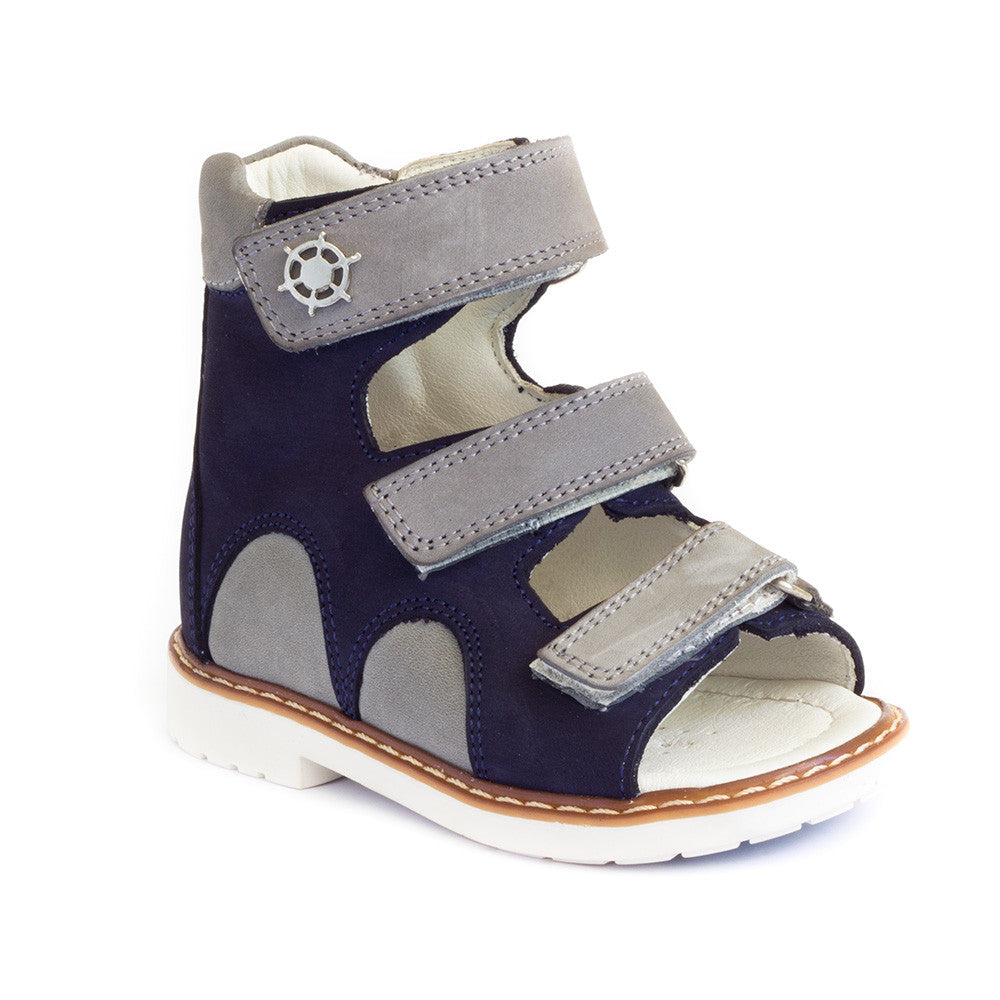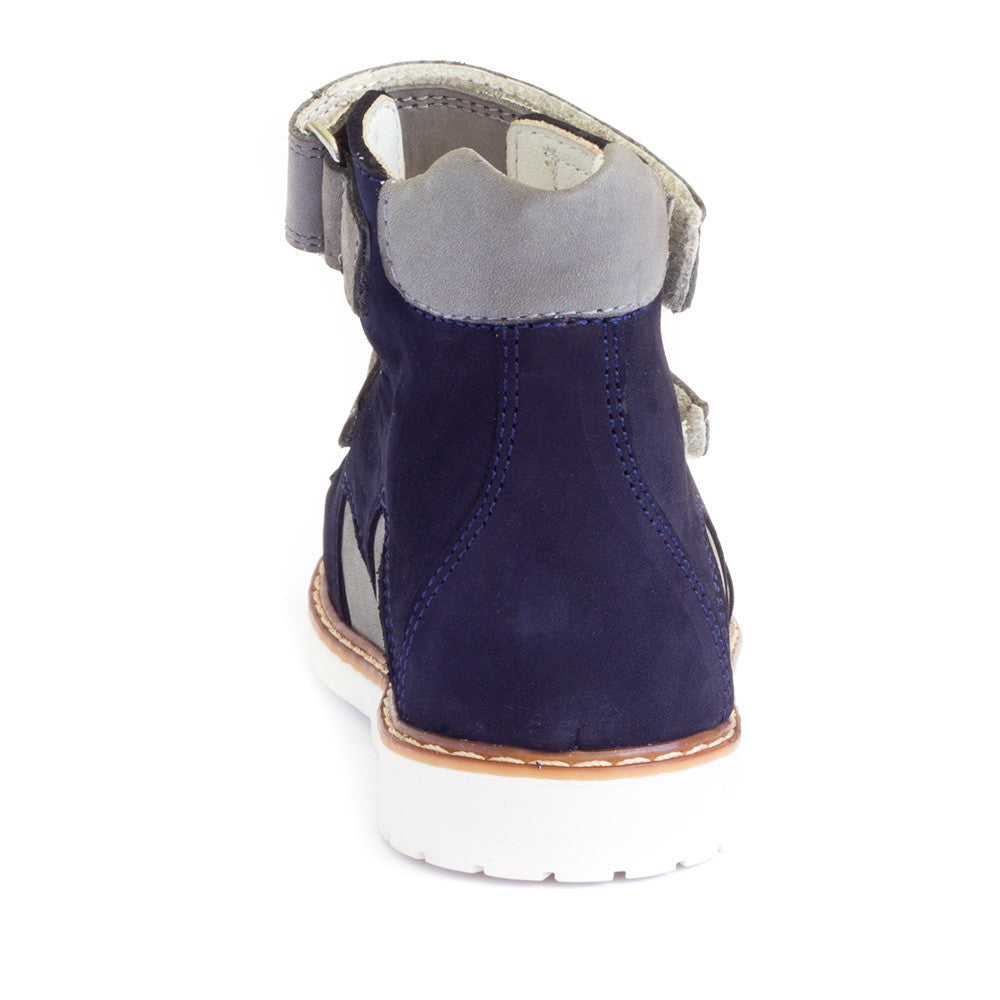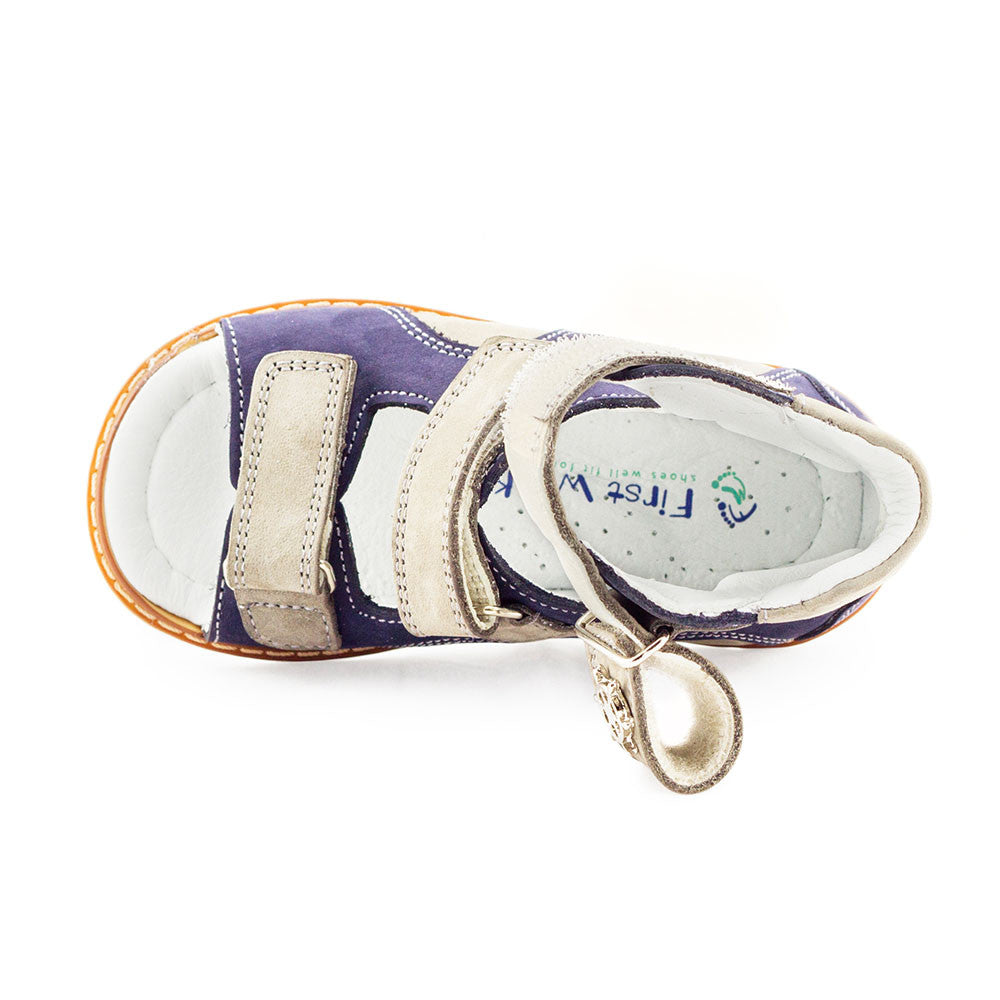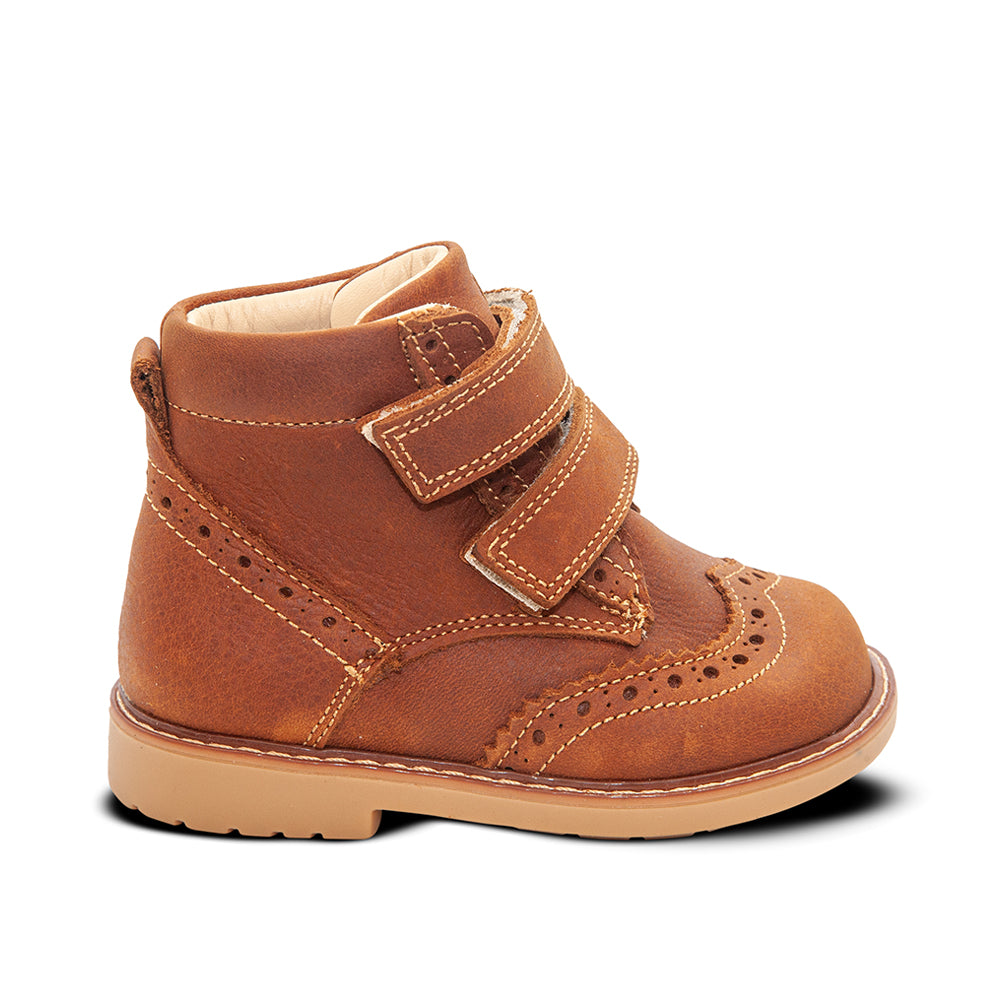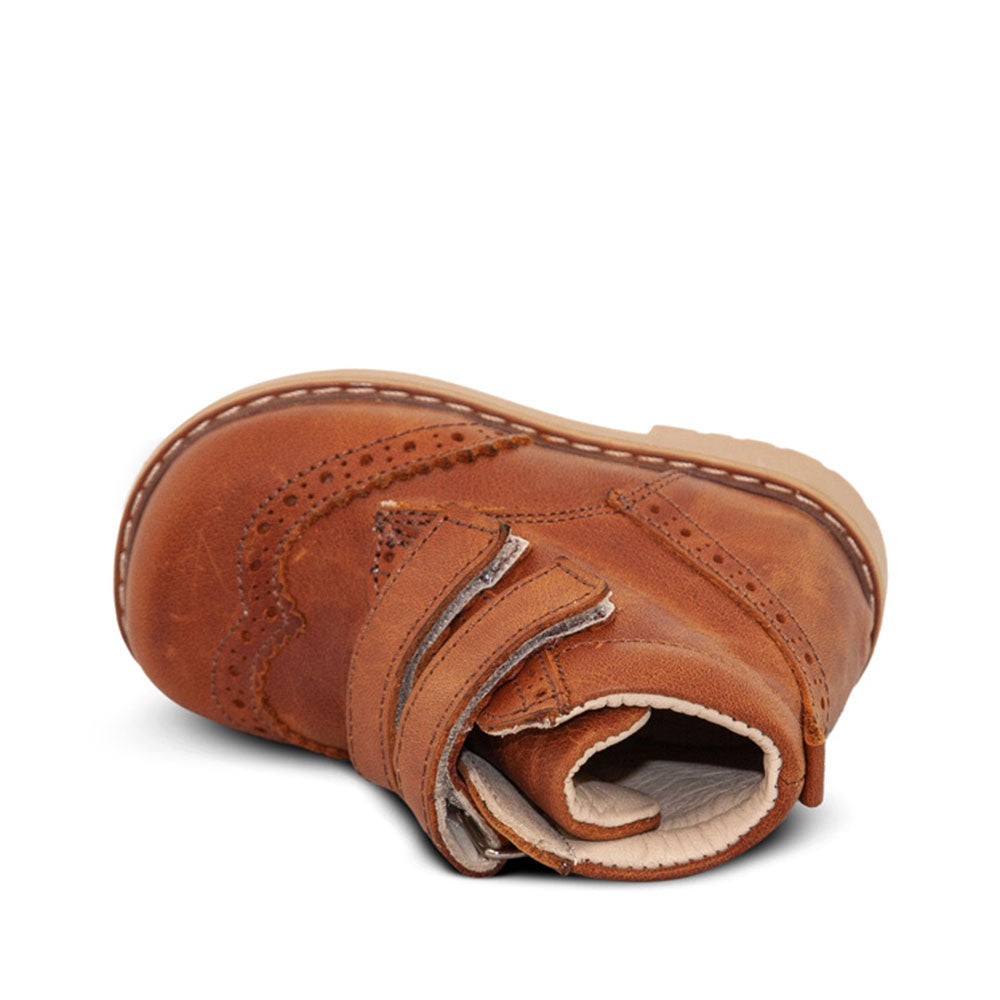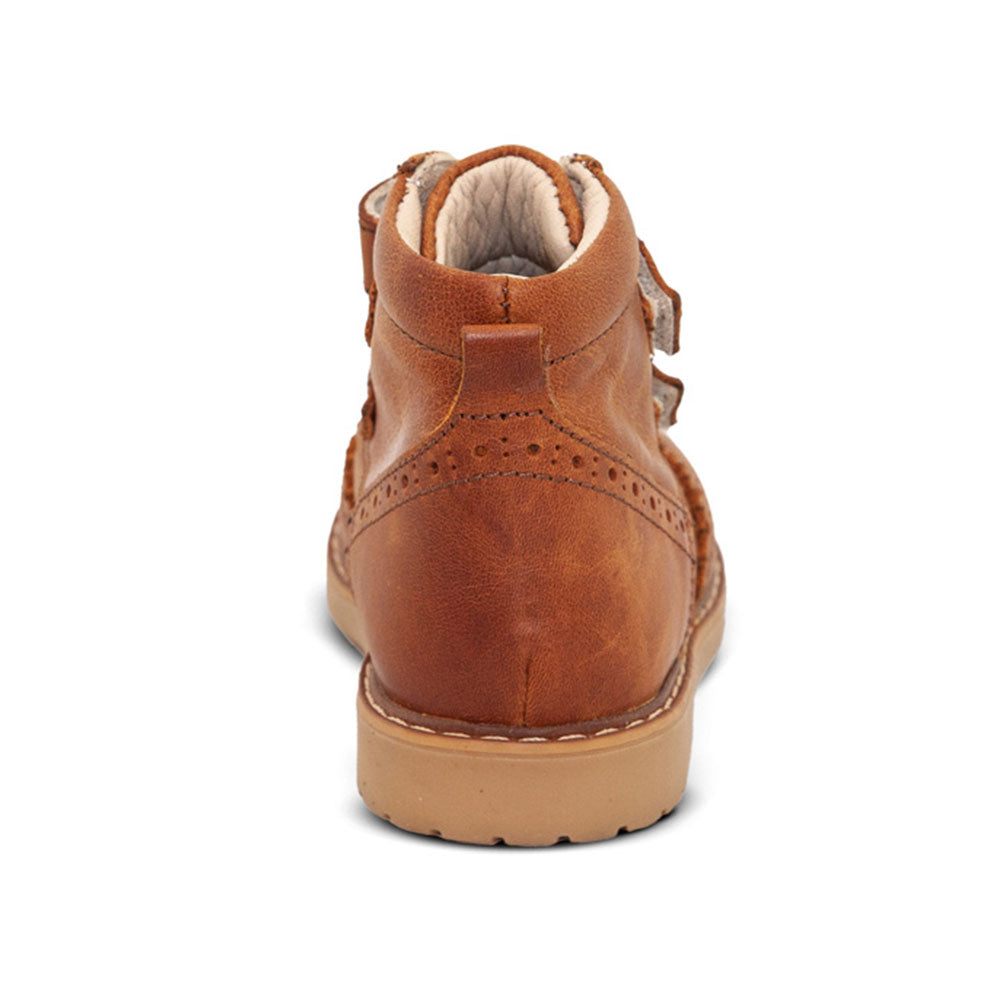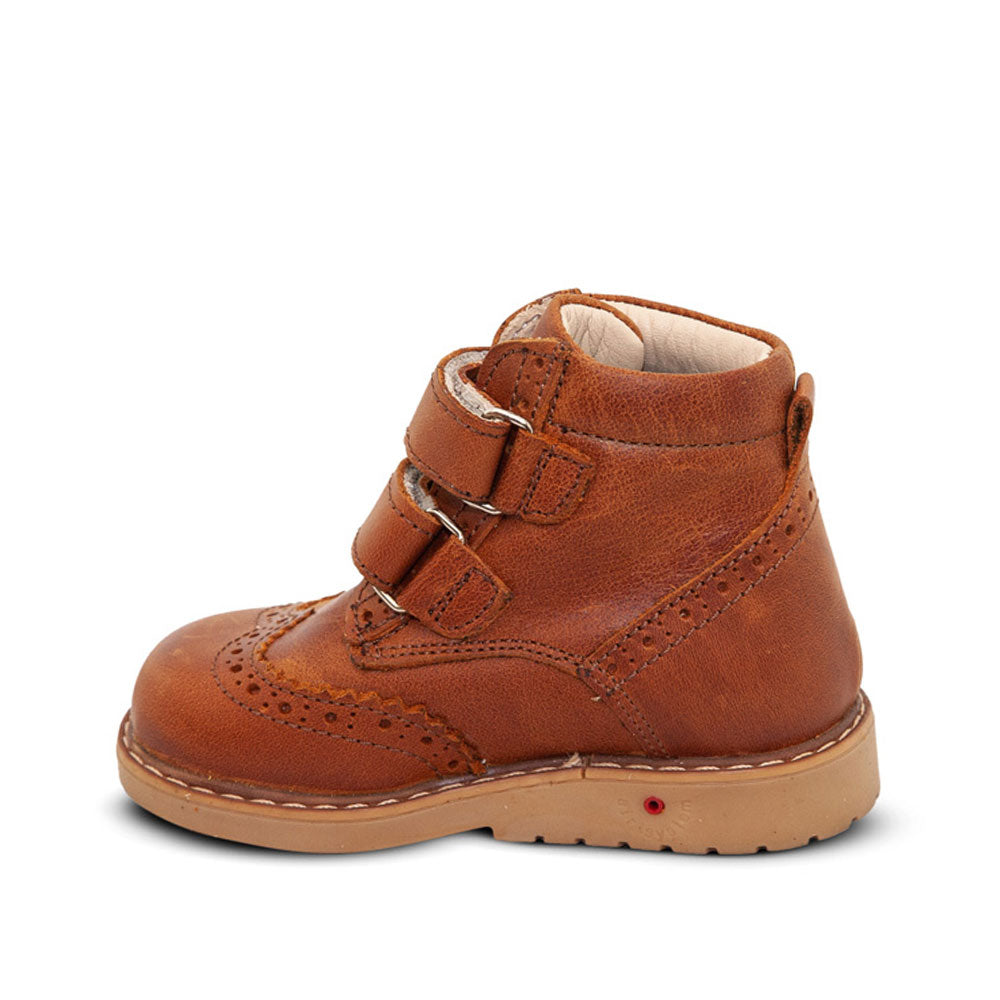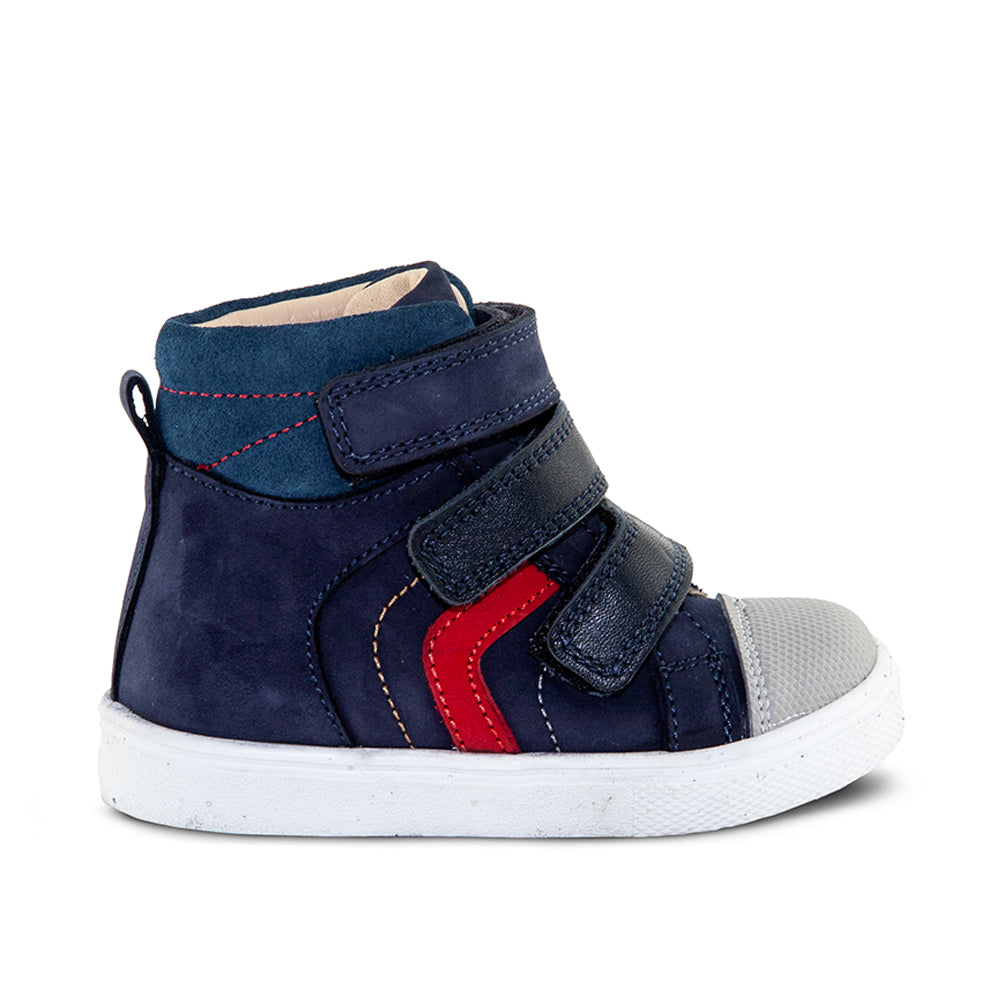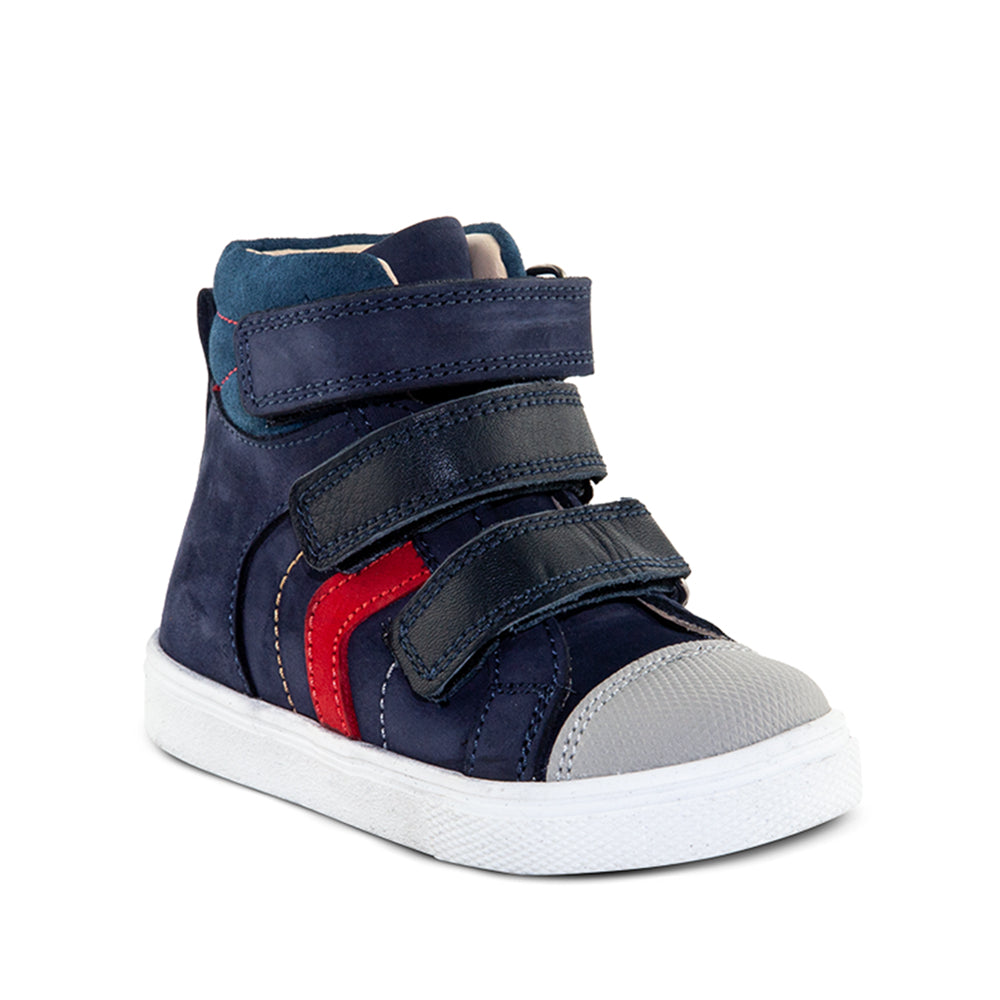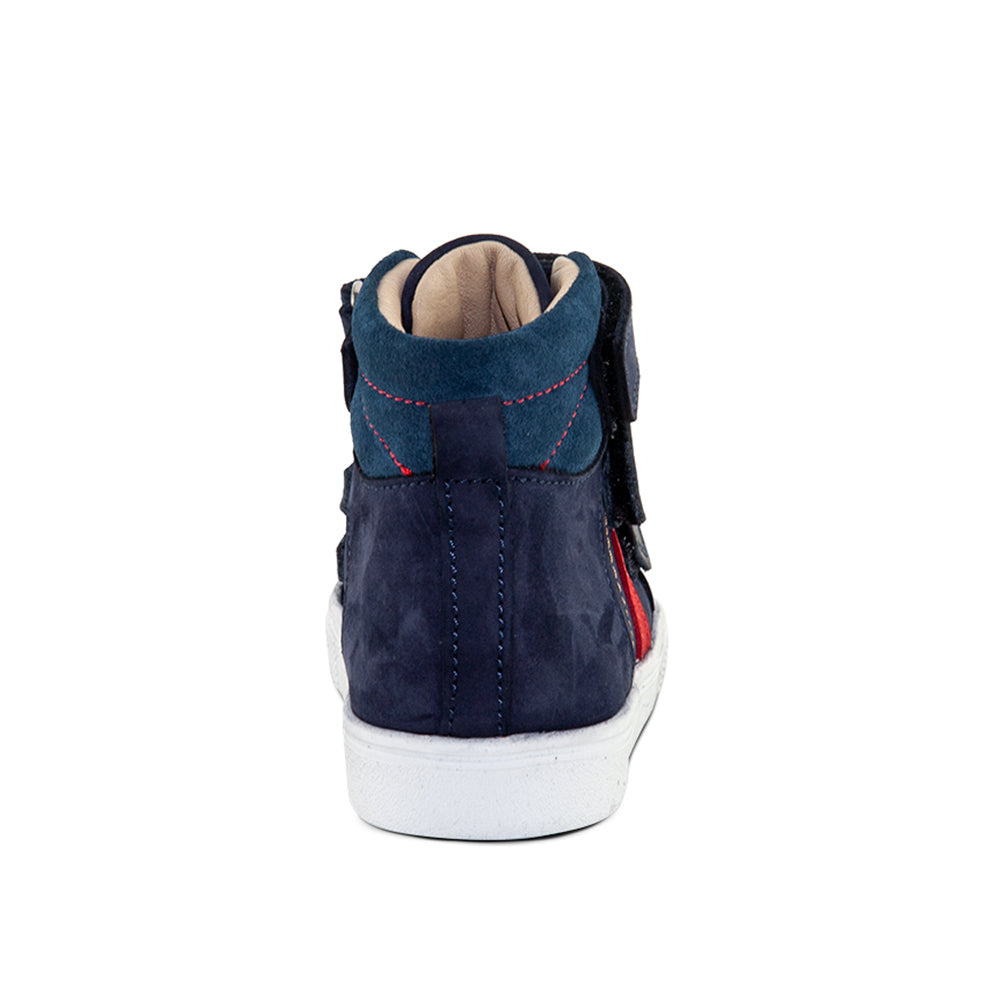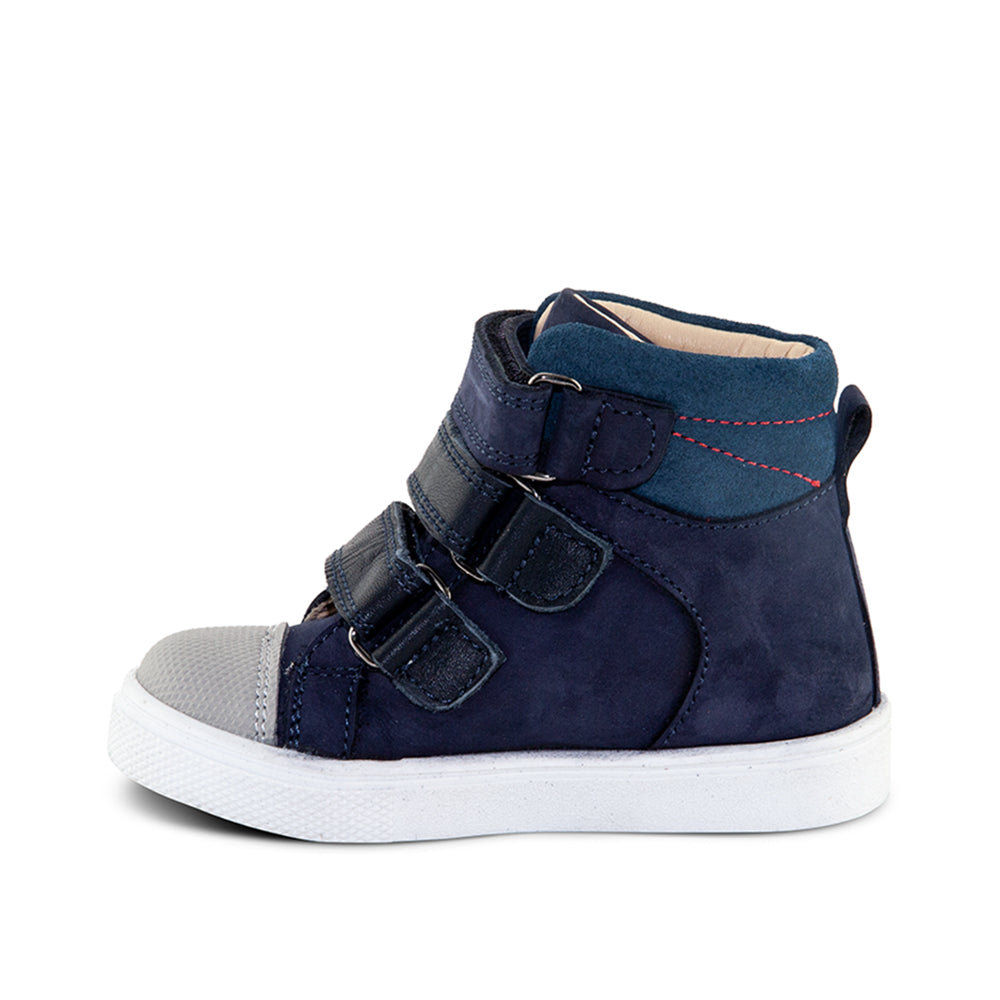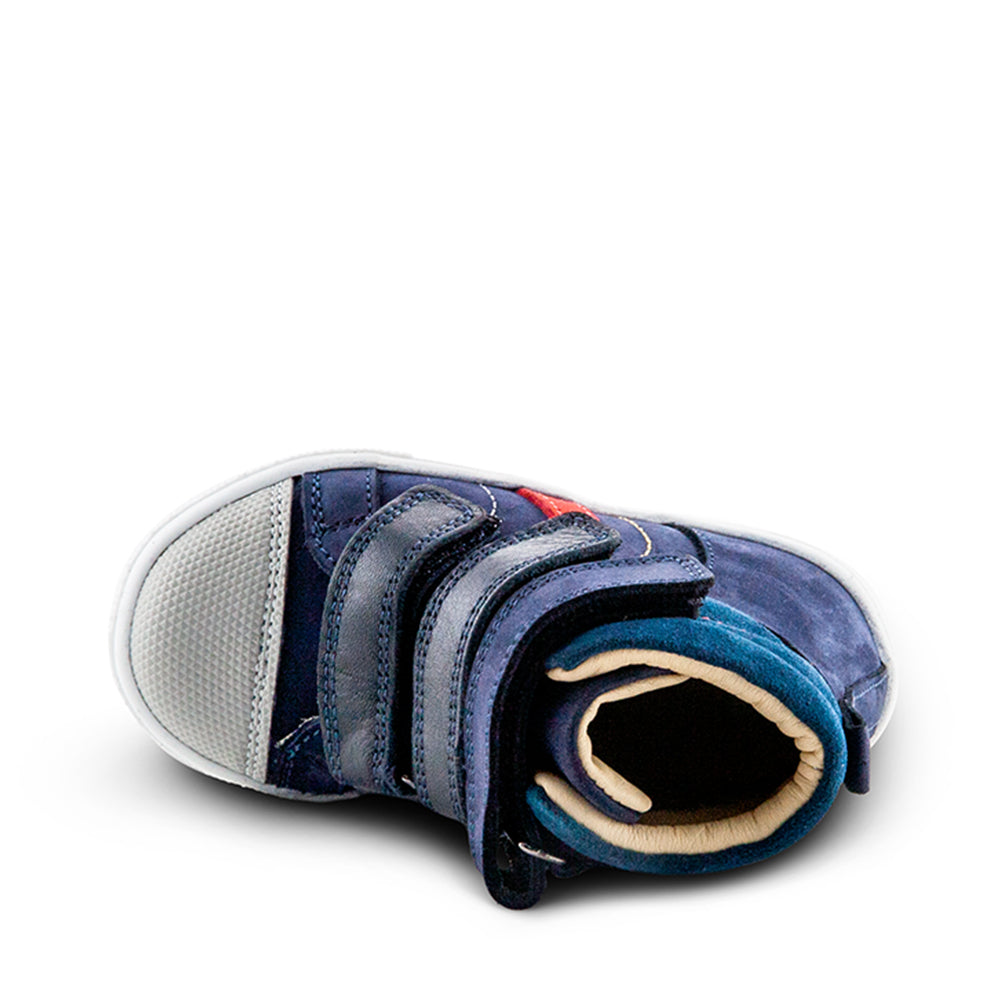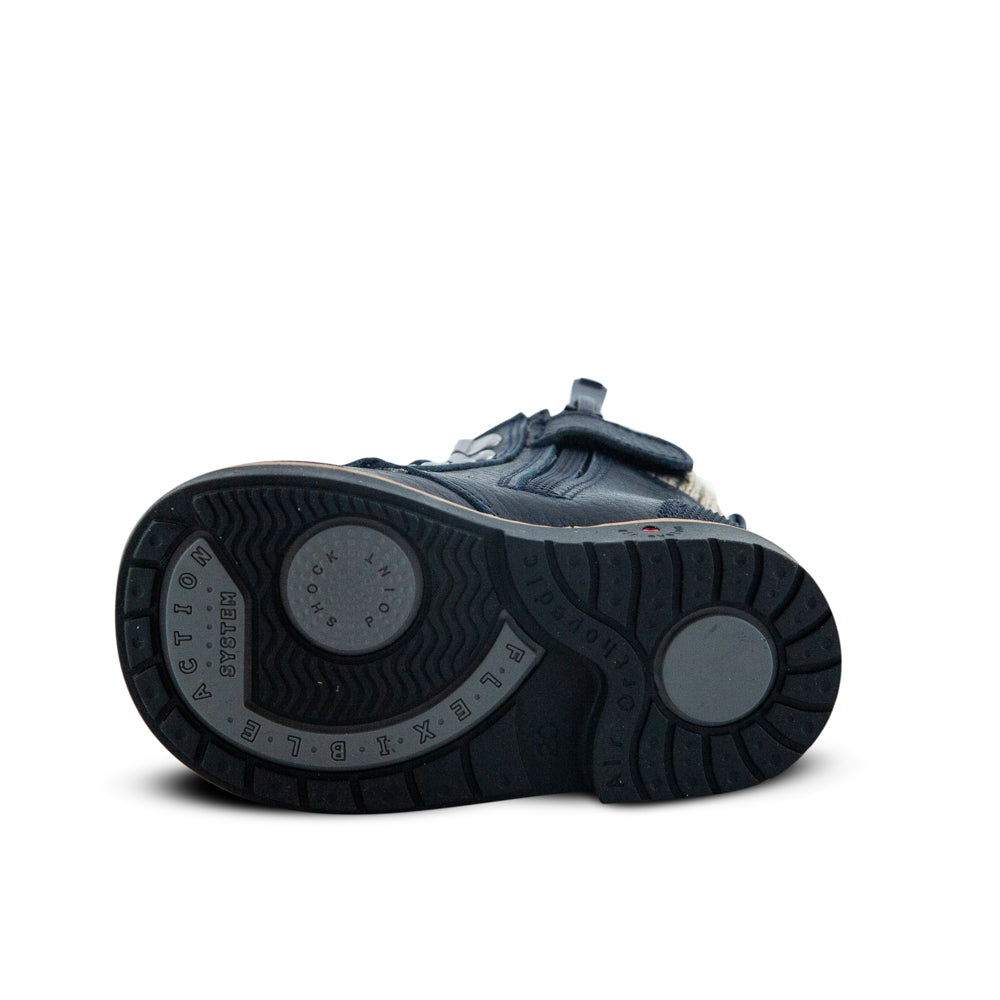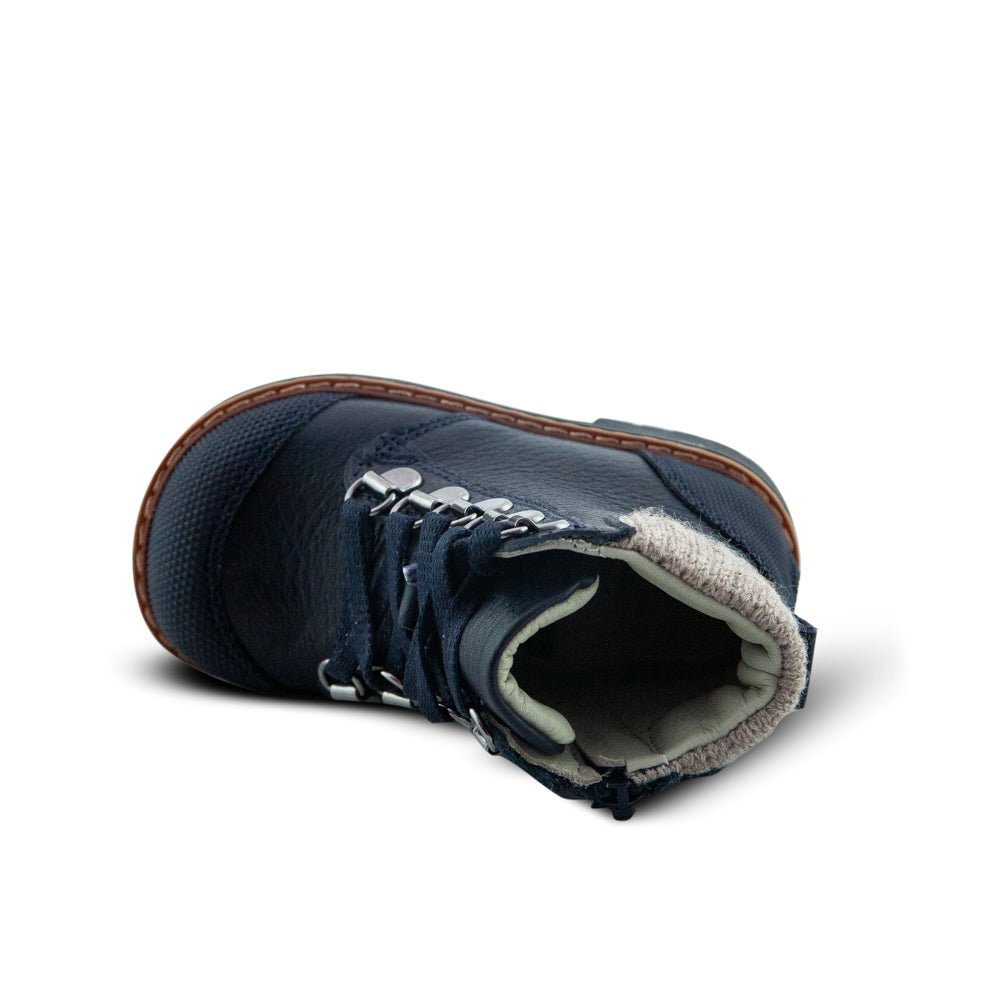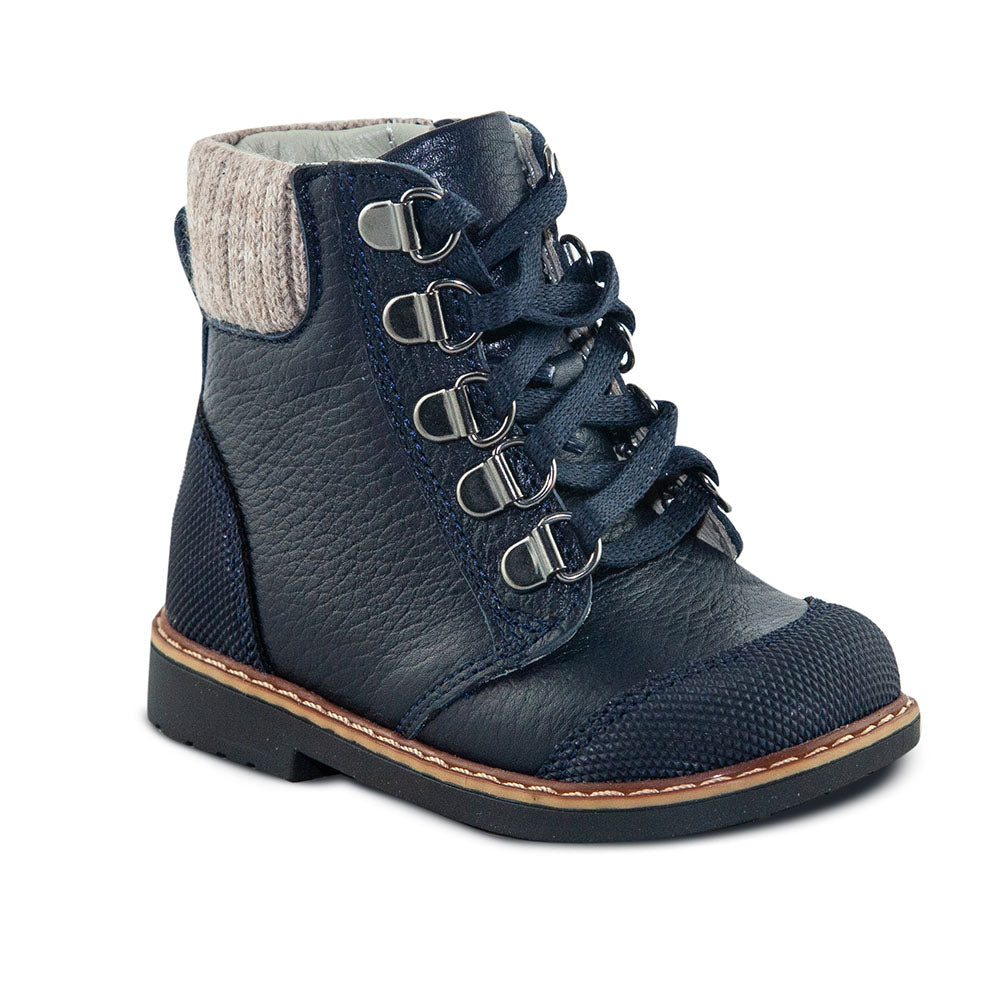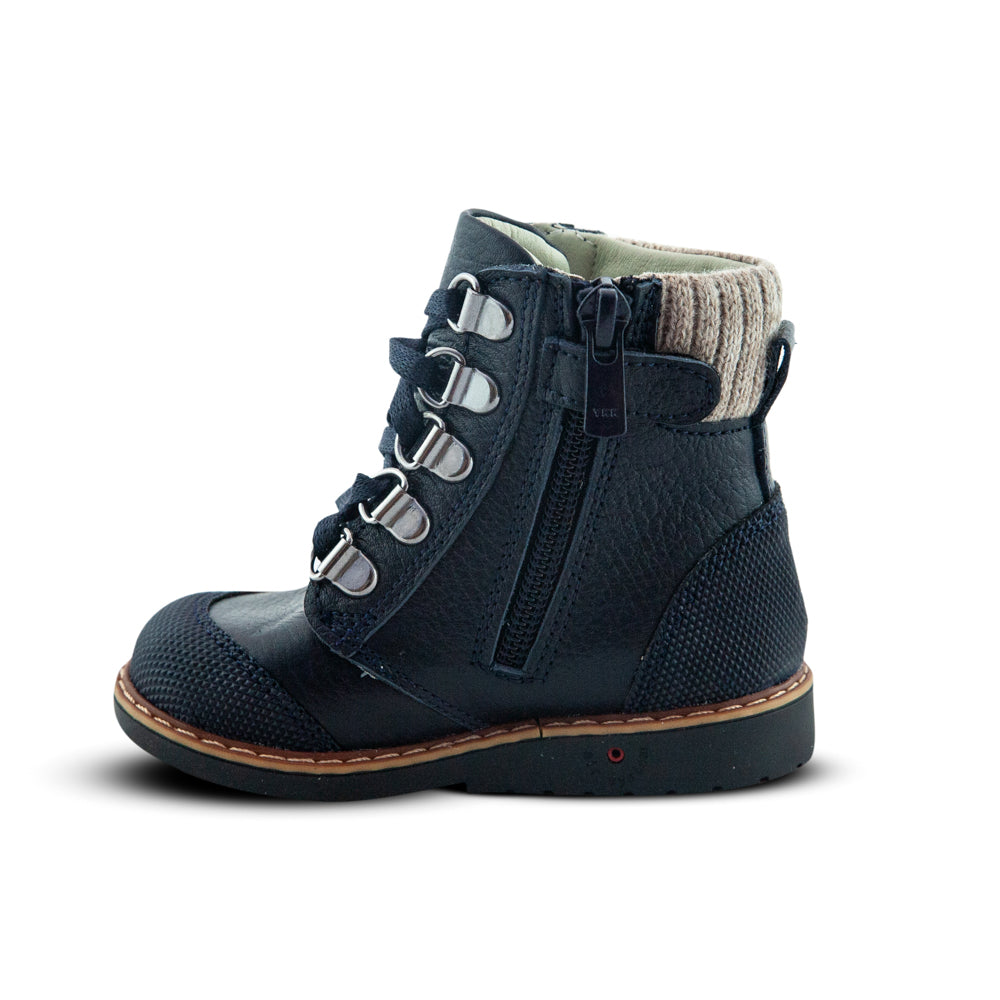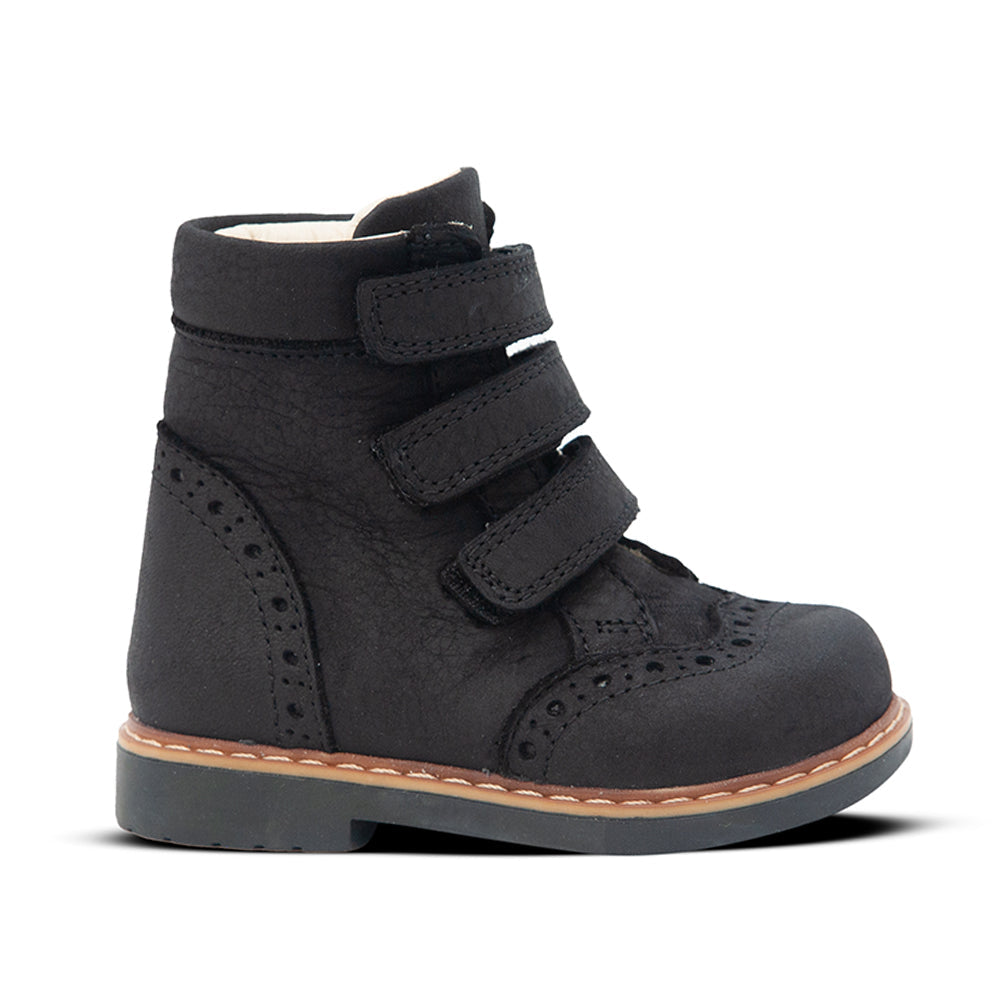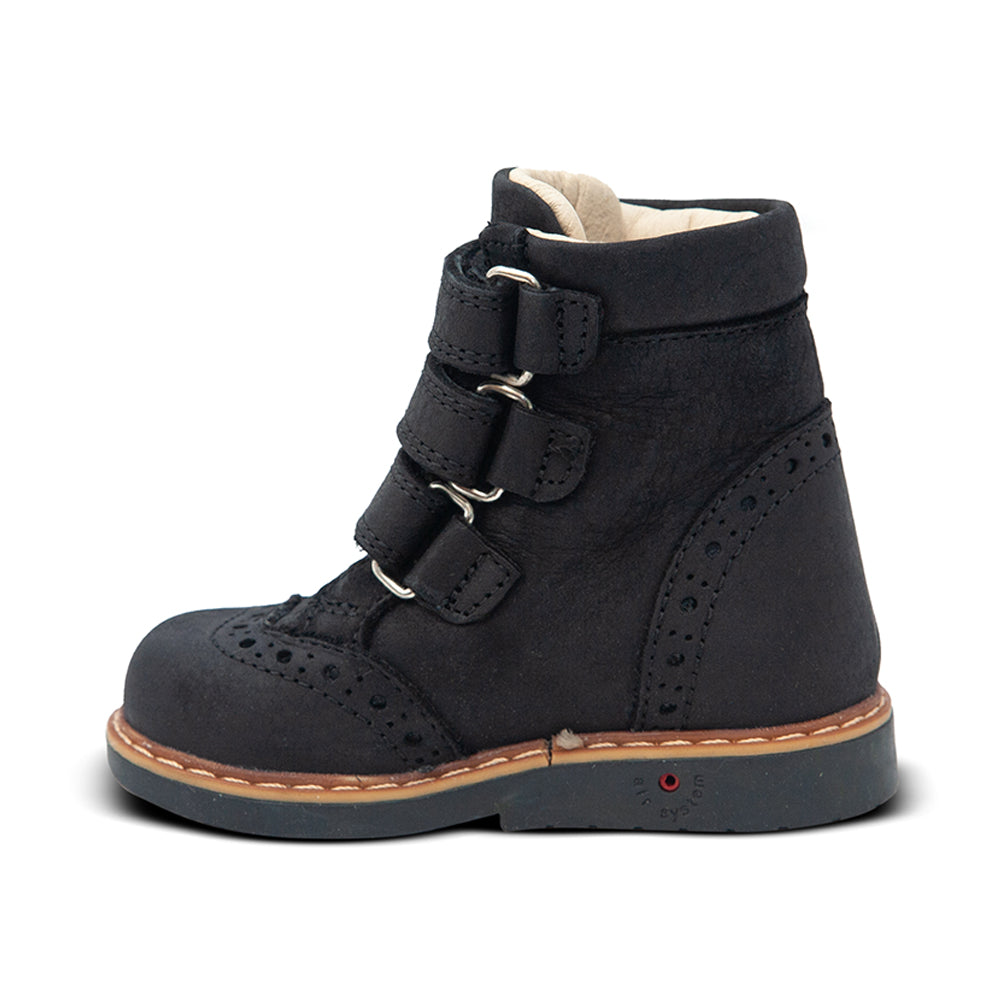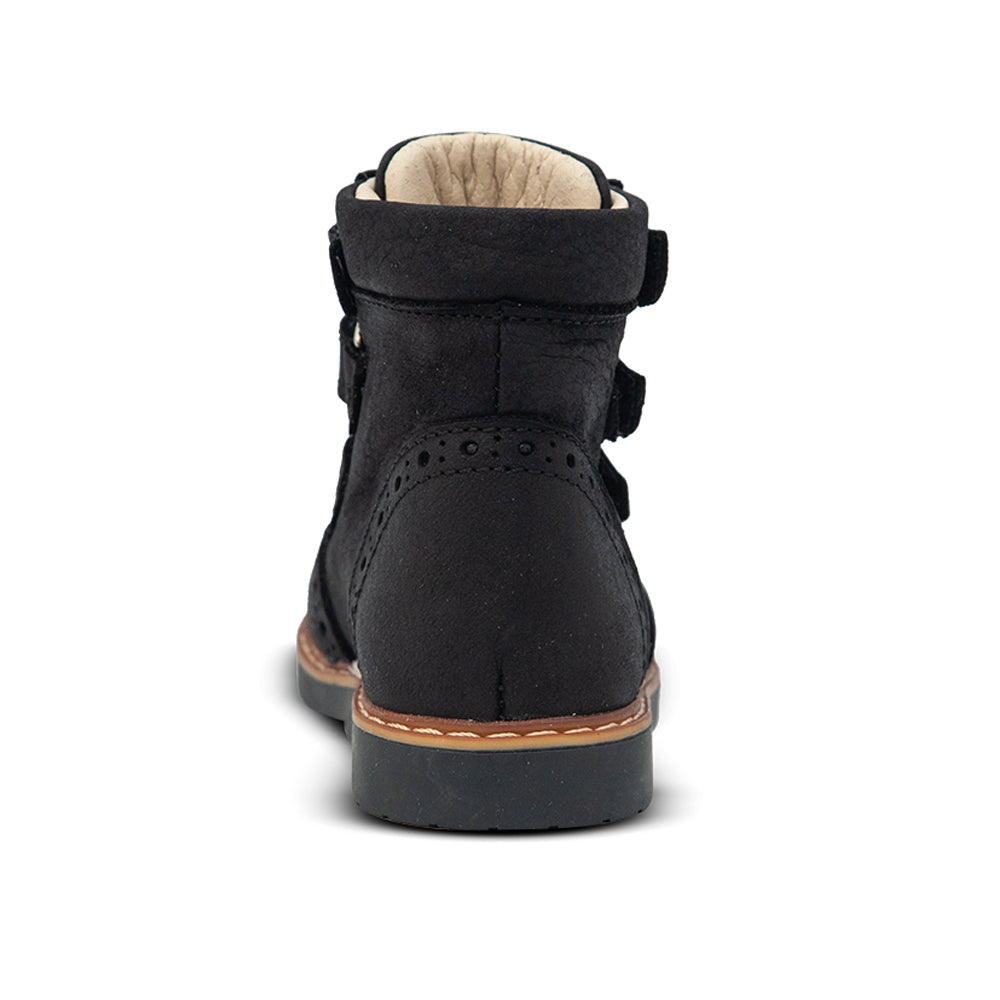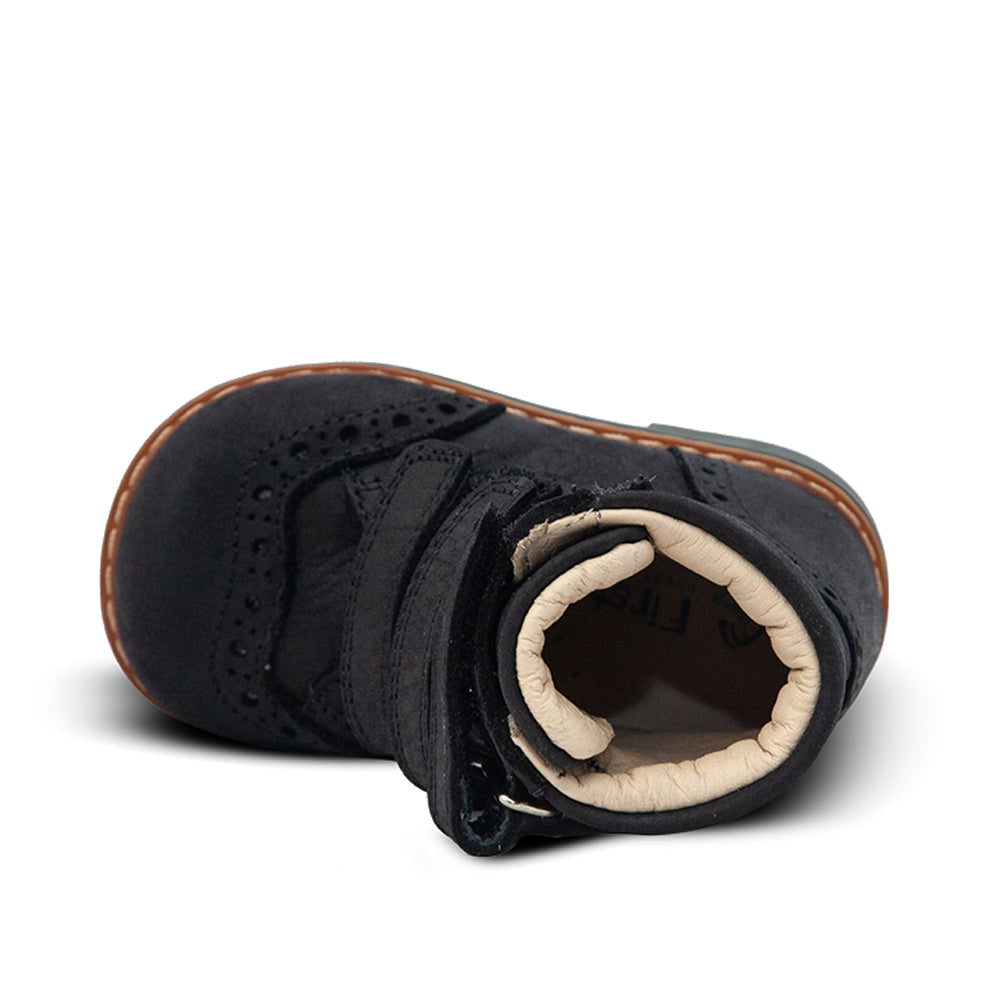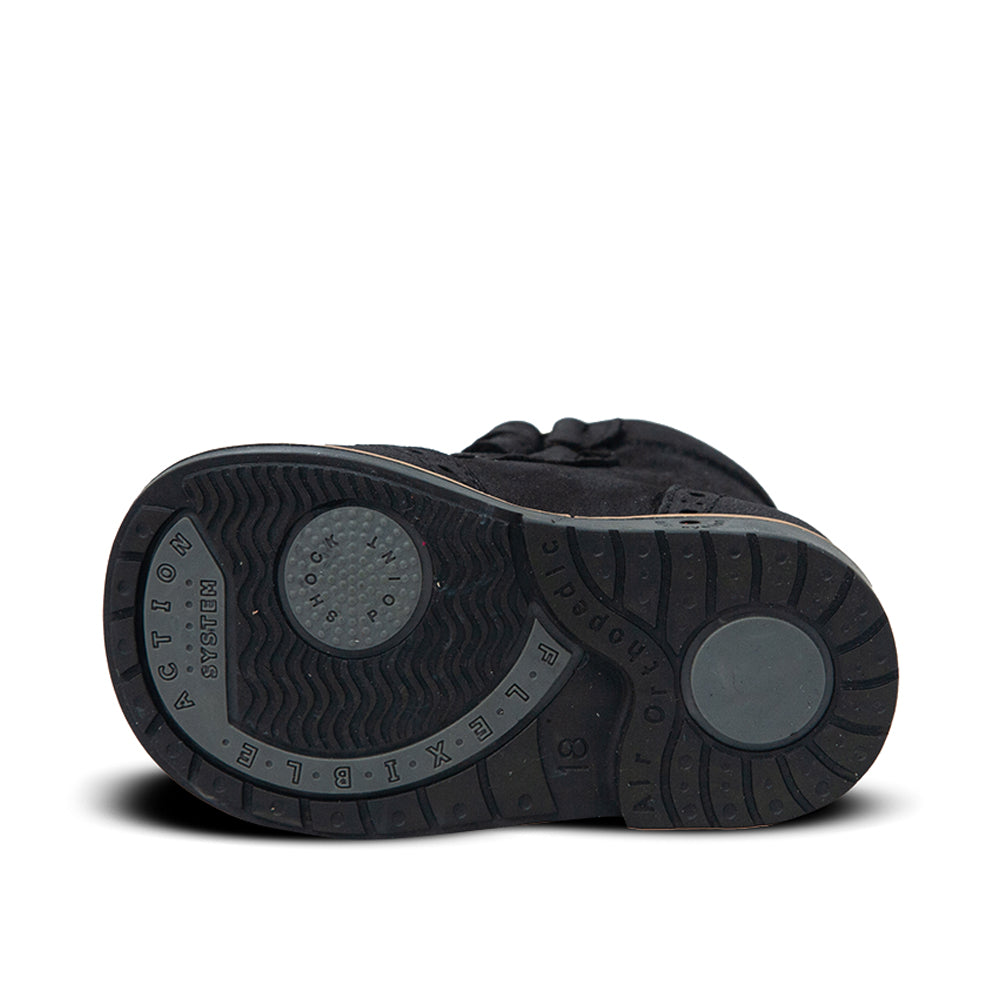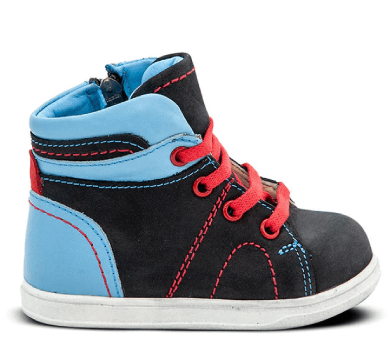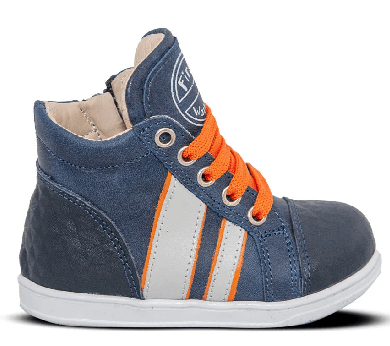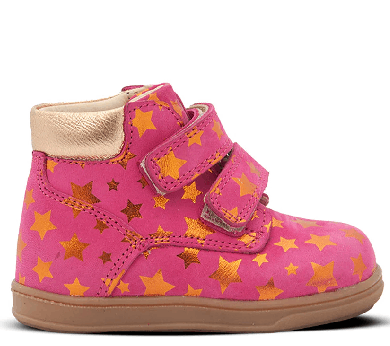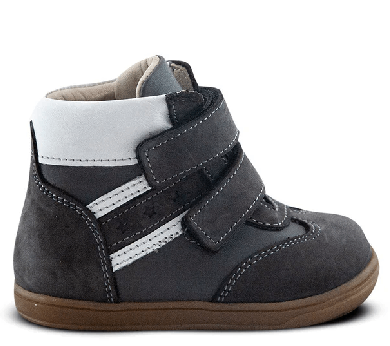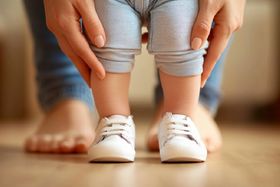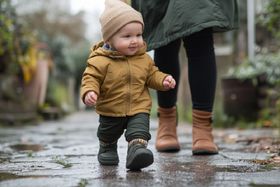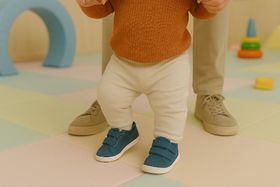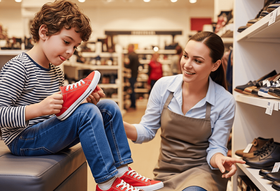10 Best Shoes With Arch Support for Kids: Ensuring Healthy Feet
Children's arches develop between ages 2-8, and poor arch support during this time can cause gait problems, reduced sports performance, and pain that spreads throughout the body. The right arch support shoes prevent long-term issues and give your child the foundation for a lifetime of comfortable movement.
Updated July 22, 2025
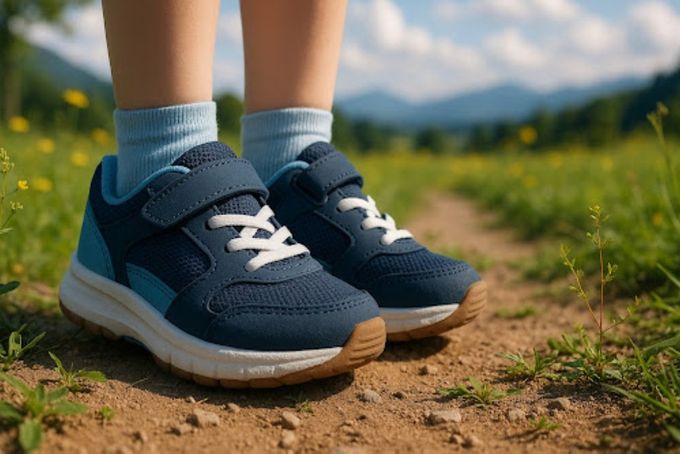
Your child complains their feet hurt after school. You notice their shoes are uneven. Maybe you've spotted them walking differently, rolling their feet inward, or seeming unstable during play.
These signs point to one thing: your child needs kids' shoes for flat feet with arches that correct alignment and prevent long-term issues.
Most parents don't realize that a child's foot changes dramatically from birth through adolescence. What looks like "cute baby feet" can signal developing issues that affect everything from how they walk to their sports performance.
Here's what you need to know about picking the right arch support shoes for your child, and our top 10 recommendations based on real-world testing and expert analysis.
» Browse our collection of orthopedic kids' shoes with arch support
Our Top Picks for 10 Best Children's Shoes With Arch Support
When Do Kids Need Arch Support?
At birth, children have what appears to be flat feet. This is normal. A fat pad sits under the arch area, and the muscles haven't developed yet.
Around ages 2 to 6, the arch gradually forms as ligaments strengthen and muscles develop. By age 6 to 8, you should see a defined arch shape, though full development continues into early teens.
- Arch support becomes crucial when you notice:
- Foot or ankle pain that doesn't go away
- Shoes are wearing down on the inner edge much faster than the outer
- No visible arch when your child stands (past age 6)
- Frequent tripping or stumbling
- Complaints of tired legs after short walks
A study in Scientific Reports found that children with flat feet showed significant problems with balance, core strength, and movement patterns. These issues don't just affect the feet; they can impact your child's entire body alignment [1].
» Check out the best walking shoes for 1-year-olds
What Happens When Kids Wear Poor Arch Support
- Gait Problems Get Locked In: Children develop walking patterns early. Poor arch support allows bad habits (like overpronation or uneven stepping) to form, especially in children’s sneakers without stability features. Once these patterns set in, they're harder to correct later.
- Sports Performance Suffers: The same Scientific Reports study we mentioned showed that kids with flat feet had weaker agility and core strength [1]. This directly impacts their ability to run, jump, and play sports effectively.
- Pain Spreads Up the Body: Flat feet change how forces move up through the legs. This can cause knee pain, hip problems, and even back issues as children grow and become more active.
- Motor Skills Develop Slowly: Poor foot alignment affects balance and coordination. Without proper arch support, your kid might struggle with balance or coordination. This issue is common in kids who lack supportive footwear for growing feet [2].
» Find out why your kid might be walking on their toes
10 Best Arch Support Shoes for Kids in 2025
How to Support Your Kid's Healthy Arch Development
1. Strengthen Those Tiny Feet
Simple exercises can work wonders for developing arches. Have your child practice toe curls, heel raises, and picking up objects with their toes. These movements activate the small muscles that support the arch.
Make it fun with balance games, walking on tiptoes, using wobble boards, or playing "the floor is lava" games that require careful foot placement.
2. Smart Barefoot Time
Let children walk barefoot on safe, varied surfaces like grass or sand. This encourages natural motion and helps strengthen arches, especially when balanced with orthotic-friendly or supportive shoes for flat feet.
Balance this with supportive footwear during more demanding activities or on hard surfaces that can strain developing joints.
» Find out if babies should wear shoes while learning to walk
3. When Custom Orthotics Make Sense
For children with diagnosed structural issues, rigid flat feet or severe overpronation, custom orthotics provide tailored arch support and correct alignment.
A pediatric podiatrist fits these devices to redistribute pressure, guide movement, and often prevent complications. They're especially helpful for children with hypermobility or motor delays who show signs of fatigue, poor balance, or flat feet.
Built-In Support vs. Orthotic-Friendly: What's the Difference?
Built-in Arch Support
Built-in arch support shoes have a pre-contoured footbed designed to support the natural shape of a child's arch. These work well for children with mild to moderate pronation, developing feet, or general posture needs.
They're convenient, cost-effective, and promote proper alignment during everyday wear without requiring customization.
Orthotic-Friendly Shoes
Orthotic-friendly shoes are designed with removable insoles and extra depth to accommodate custom orthotics or medical inserts. These work best for children with specific foot conditions, like flat feet, clubfoot, or neurological issues, who need tailored correction.
They provide flexibility for podiatrist-recommended devices and are often prescribed for long-term therapeutic use.
» Read our buyer's guide for kids' orthopedic shoes
Choosing the Right Arch Support for Your Child
Those warning signs you noticed: the uneven shoe wear, the complaints of tired feet, the unstable walking; they don't have to become bigger problems.
The ten shoes we've covered address different needs across every stage of childhood. Silas Mateo for daily school wear. Captain Caleb for first walkers. Athletic Axl for summer activities. Each provides the structured support developing feet need while matching your child's specific activities and age.
Remember, proper arch support helps prevent foot pain and supports healthy foot development stages in early childhood.
References:
- M. Ghorbani, R. Yaali, H. Sadeghi, and G. A. Koumantakis, “The impact of flatfeet on the correlation between functional movement scores, balance, agility, and core muscle strength in young females: a cross-sectional study,” Scientific Reports, vol. 15, no. 1, Feb. 2025, doi: 10.1038/s41598-025-89364-8. Available: https://www.nature.com/articles/s41598-025-89364-8
- Y. Wang et al., “Understanding the role of children’s footwear on children’s feet and GAIT Development: A Systematic scoping review,” Healthcare, vol. 11, no. 10, p. 1418, May 2023, doi: 10.3390/healthcare11101418. Available: https://pmc.ncbi.nlm.nih.gov/articles/PMC10218108/
Disclaimer: First Walkers' information is intended for educational and informational purposes related to toddler footwear and feet. We encourage you to consider individual circumstances and consult qualified orthopedists about specific conditions.
FAQs
Are flat shoes better than arch support?
No. Flat shoes often lack support, which can lead to foot pain or injury. Arch support helps align the foot and distribute pressure more evenly.
How can you tell if a shoe has arch support?
Look for a contoured footbed, firm midsole, and raised arch area. Brands often label supportive shoes as “orthopedic” or “stability.”
Does my child need orthopedic shoes?
Not usually. Most children outgrow common foot issues. But if your child has pain, limps, or struggles to walk normally, see a pediatric podiatrist.
Can too much arch support be bad?
Yes. Overly rigid arch support can cause discomfort or strain. The best support feels stable but not forced.


